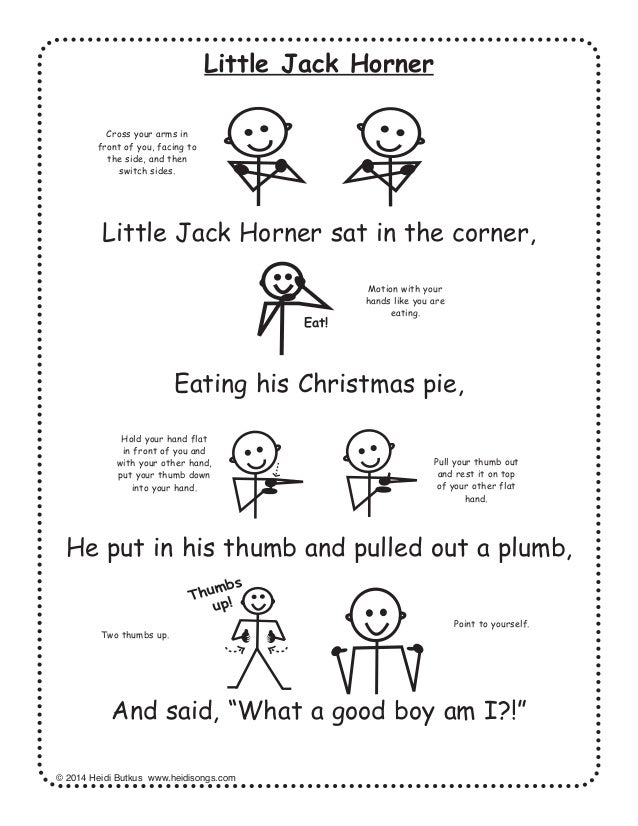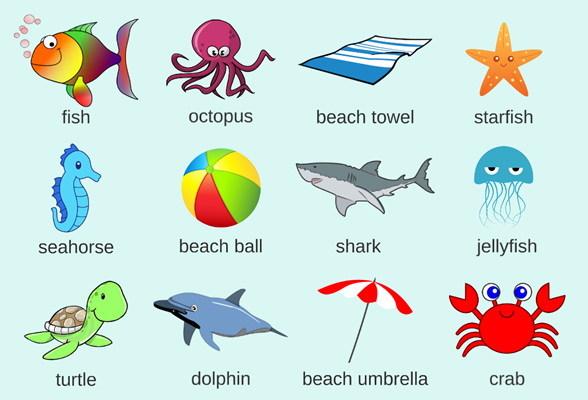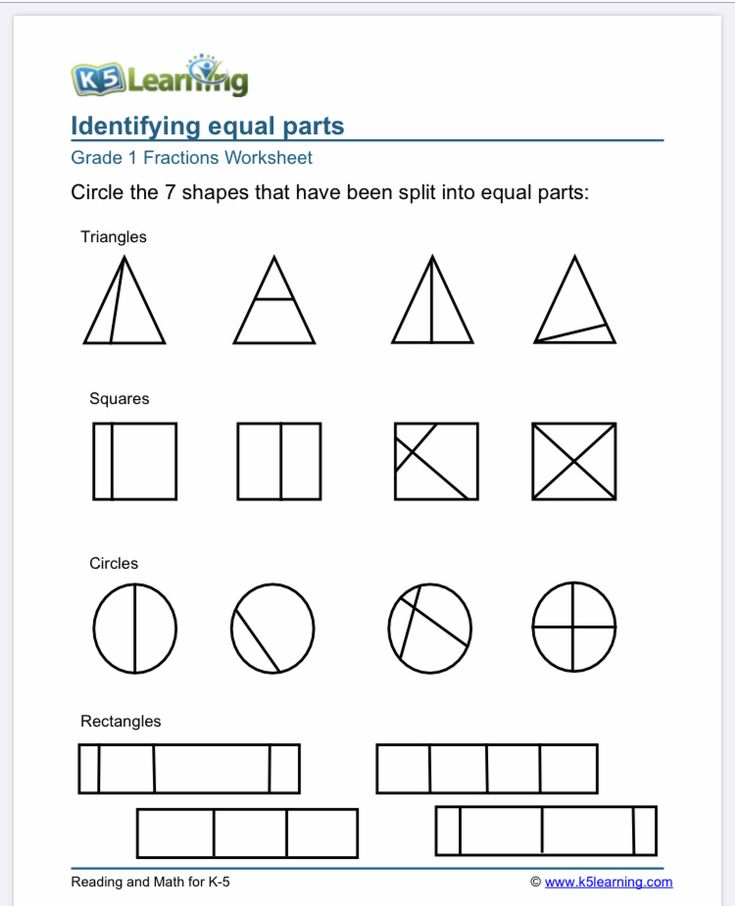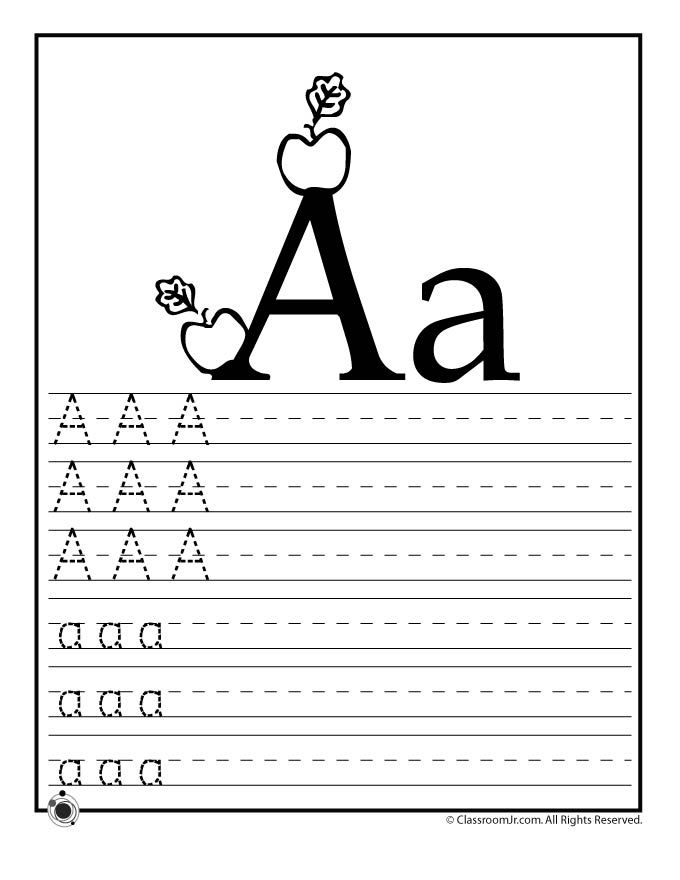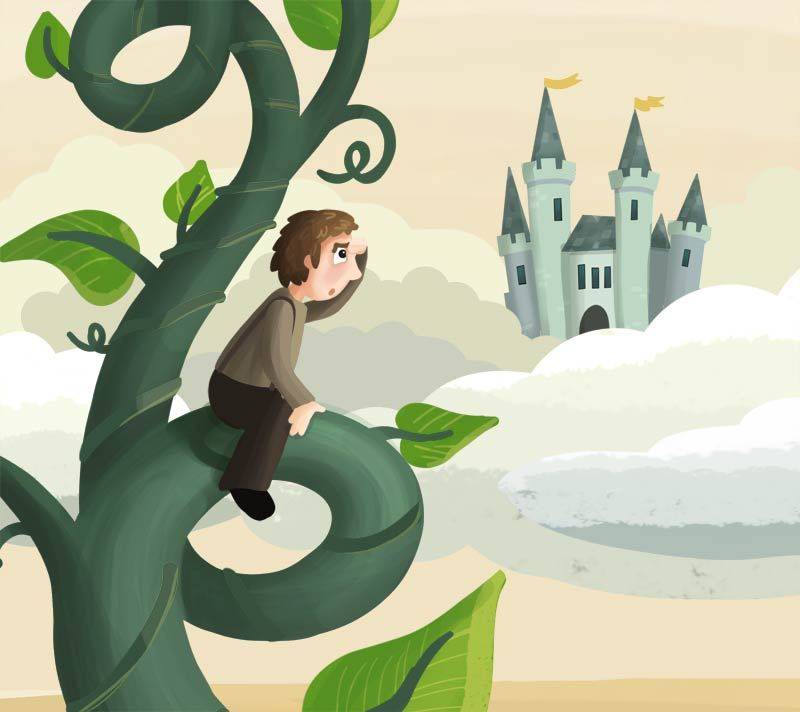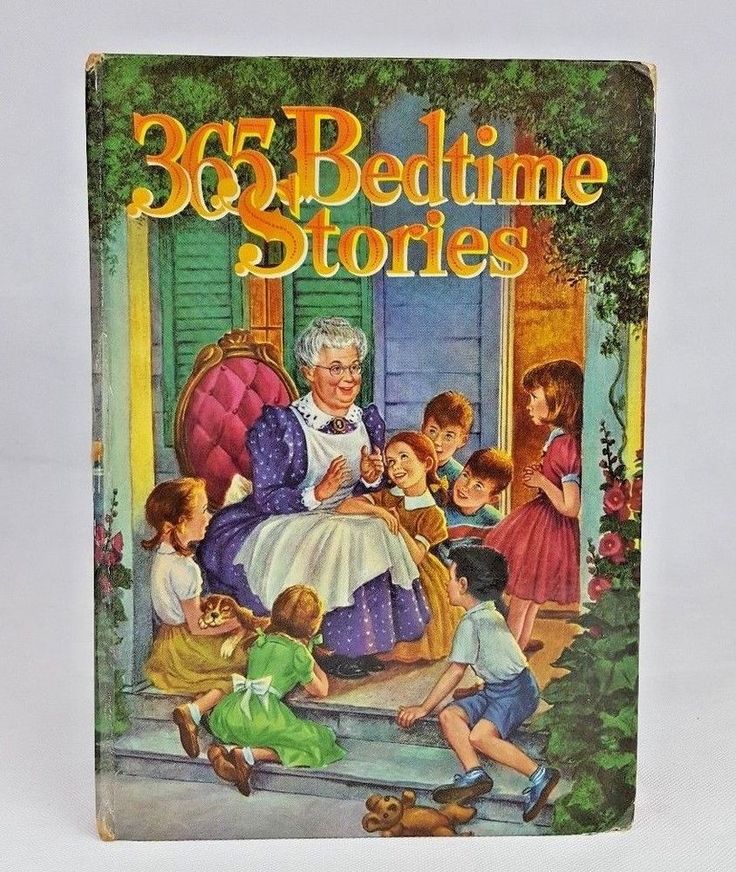Counting activities for preschool
16 Counting Activities for Preschoolers
You are here: Home / Activities / Learning / Math & 123s / 16 Counting Activities for Preschoolers
6 Jul
Math & 123sPreschoolersCounting
Resources21 Comments
SHARE POST
George is counting like crazy lately! I don’t know when, but it just clicked for him one day. Now, to put it into context, these are some fun counting activities for preschoolers to practice their 1-2-3s!
There are some many hands on counting activities to do with the kids!
Finding what’s in nature, counting leaves, counting petals, counting rocks. Or look in their toy bin and sort objects and count, count, count!
How many blue blocks are there?
How many straight train tracks are set up?
How many….? what?
Once I see my kids are interested in counting, they can’t seem to stop! George counts everything. When we’re playing board games, he counts how many cards, pieces, whatever it is that is left. Board games are also great for beginners to count spaces, usually its only a few spaces at a time, so its a great way to start.
Whatever it is… make counting fun and natural for the kids. I never try to force a learning problem on them. But just expand on what they’re currently interested in.
These are 16 activities for preschoolers to practice counting.
These are activities that really focus in on the child counting. I have also put together some awesome number activities that include counting, but also number recognition and one to one correspondence.
Download the FREE Learn a Number Week!
Counting activities that are lots of fun:
- Roll the dice. Count them. Stack the blocks. Count them. Repeat. – One to One Correspondence Practice with Dice & Blocks
- Go on a scavenger hunt to find numbers and match them up with the corresponding dots. – Letter & Number Scavenger Hunt for Preschoolers to Learn
- Graph Legos (or other blocks) by counting, counting, counting! – Using Legos to Teach Math & Writing from Crayon Freckles
- Use Dominoes to decide which chore to do.
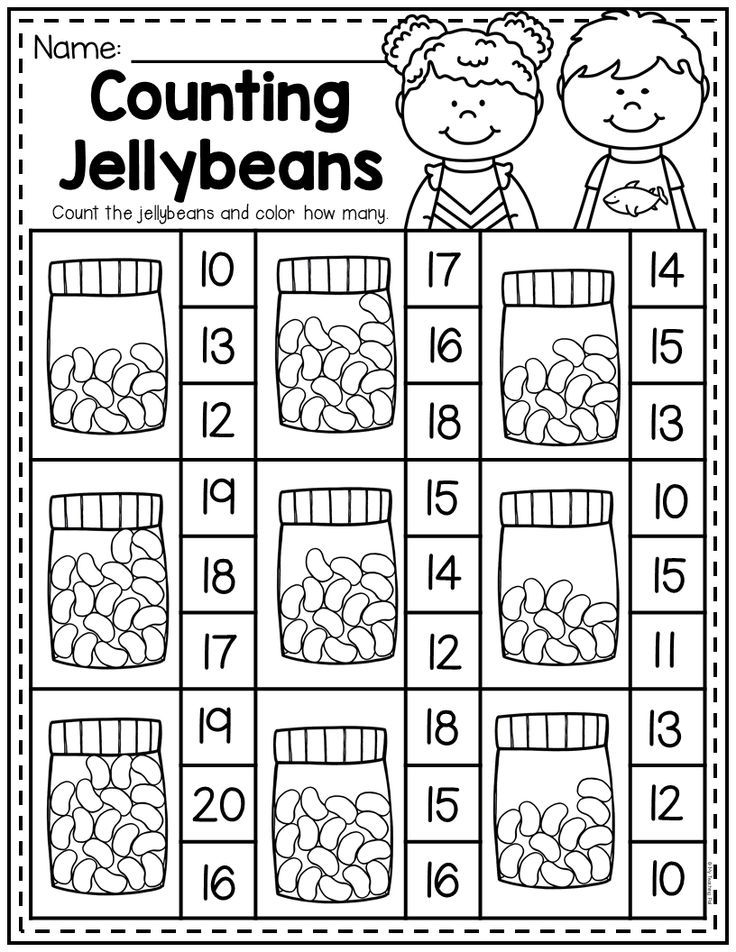 How many dots are on the Domino? Count them. That’s the chore to do. – Chore List with Dominoes & Numbers
How many dots are on the Domino? Count them. That’s the chore to do. – Chore List with Dominoes & Numbers - More Dominoes! Line up the Dominoes by matching the dots. How many dots are there? – Learning Activity with Dominoes
- Label bottles with numbers and have the kids count and drop pom poms (or any small object) in. – Sort and Count Math Bottles from The Imagination Tree
- Instead of bottles, do it with baby food jars! For the farm-loving kid, call them grain bins and have them haul their ‘grain’ and put it in the bins. Each bin can only hold the amount its labeled as. – Number Activity: Learn to Count with Grain Bins
- Make a simple grid on the sidewalk with numbers and find that many objects from nature! – Counting Objects from Nature from Scribble Doodle and Draw
- Make a paper chain and count down to something exciting (a birthday, holiday, first day of school, last day of school, vacation, etc)! Every day, count how many chains are left to see how many more days.
 –Countdown to Christmas: Wrapping Paper Chain
–Countdown to Christmas: Wrapping Paper Chain - Count snacks! Line up some numbers and count snacks to match the number! – We’re Going on a Bear Hunt from Chasing Cheerios
- Head out into nature and petals on the flowers you find. Take it a step further and sort them by number of petals! – Counting Flower Petals
- Count apple seeds. Use tally marks as visuals! Apple Seed Math from ABCs to ACTs.
- Play to your child’s interests. For a vehicle-loving child, use semis to haul blocks to build towers using the correct number of blocks. – Counting Blocks While Building Towers
- Count using paper clips. Make cute flash cards with numbers and have the kids clip as many paper clips! Paper Clip Number Cards from Early Education Zone.
- Make a grid of numbers to learn to count and recognize numbers. – What’s the Number? Count it with Blocks!
- Practice skip counting but tens! Use some Cheerios and toothpicks. Counting to ten over and over again, then skip count by ten to 100! – Cheerios Skip Counting by 10s with 1-2-3 Peas
Download the FREE Learn a Number Week!
Which counting activities on this list will you do first? Or better yet, what activities would you add for your preschooler to practice counting?
SHARE POST
About Jamie Reimer
Jamie learned to be a hands on mom by creating activities, crafts and art projects for her three boys to do.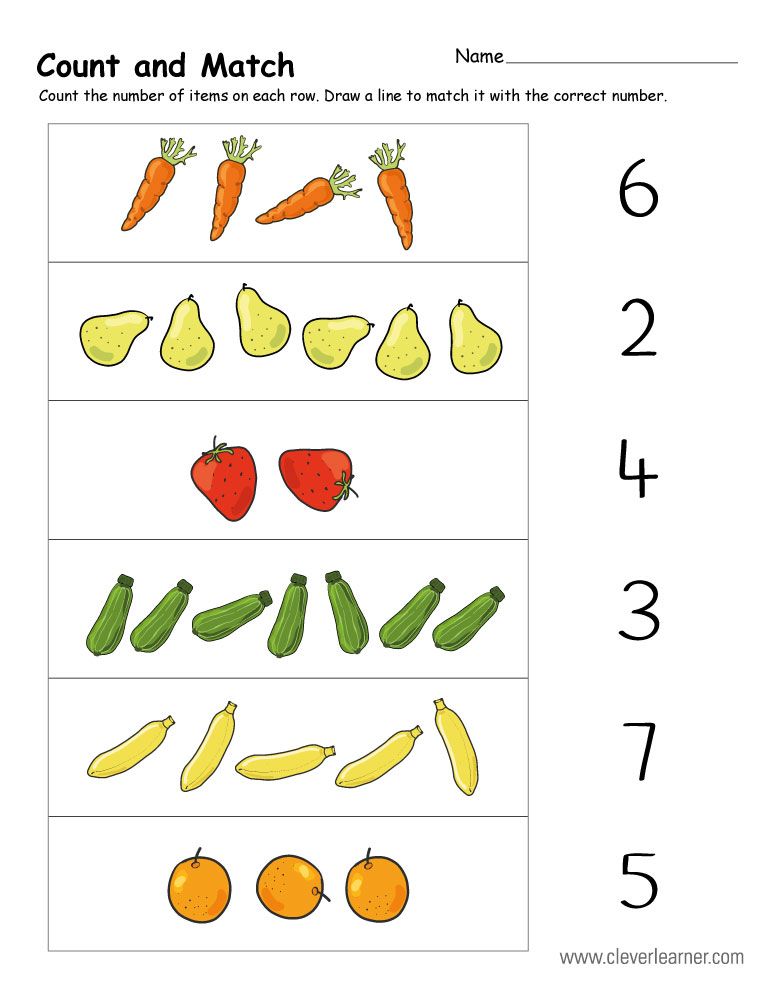 Jamie needed the creative outlet that activities provided to get through the early years of parenting with a smile! Follow Jamie on Pinterest and Instagram!
Jamie needed the creative outlet that activities provided to get through the early years of parenting with a smile! Follow Jamie on Pinterest and Instagram!
Reader Interactions
44 Creative Counting Activities for Preschool
// by Louise Pieterse
Teaching kids how to count may have many parents scratching their heads. How do you liven up such a monotonous activity? Sure you can sing a song or read a book but even those get pretty boring after a while. Here are 44 fun and creative counting activities that you can try at home or in the classroom to get kids counting, and loving it!
1. Uno Cards Counting Activity
This is a quick and easy counting activity and the best part is: you probably have all the supplies already! Simply take some Uno cards and clothes pins and let kids count the number of pins they need to put on each card.
Learn more: Planning Playtime
2. Cup Filling Race
Turn a boring old counting activity into a fast-paced counting race! Let kids roll the dice and put that number of objects in their cups. You can use all sorts of small items like lego blocks, marbles, and pom poms. The first one to fill their cup is crowned counting champion!
Learn more: Frugal Fun 4 Boys
3. Googly Eyes Counting Game
This fun counting game has some hilarious outcomes and will have kids begging to play. Get out your handy bag of googly eyes and draw the outline of some monsters on a blank paper. Start this counting practice by rolling dice to decide how many limbs each monster will have then roll the dice to see how many eyes kids need to place on the monster's head.
Learn more: Days With Grey
4. Mystery Number Game
This fun activity for preschoolers adds a level of magic to a seemingly simple game.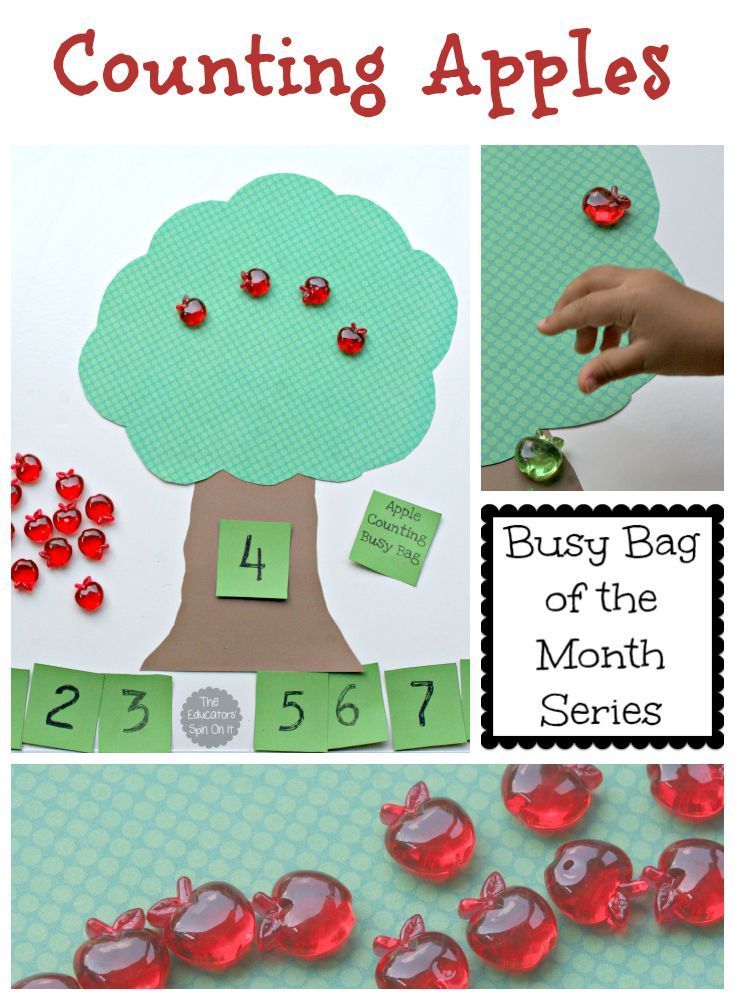 Place a glass casserole dish filled with dark water over a piece of paper with some numbers on it. When kids put a flat-bottom glass into the black water and move it around, they will reveal the numbers hidden underneath. let them search for the numbers in numerical order or roll a die to determine which number is next.
Place a glass casserole dish filled with dark water over a piece of paper with some numbers on it. When kids put a flat-bottom glass into the black water and move it around, they will reveal the numbers hidden underneath. let them search for the numbers in numerical order or roll a die to determine which number is next.
Learn more: Team Cartwright
5. Get Active While Counting
This fun math printable will get their brains working and their bodies moving. Spin both spinning wheels to determine a number and an exercise. Kids have to do the movement but also count as they go along.
Learn more: Play Dough To Plato
6. Ping Pong Eggs Counting Game
An easy way to get kids to learn counting is to combine it with fine motor activity. Write numbers on ping pong balls and mix them in a bowl. Kids need to take a spoon to search for the numbers from 1-6 and place them carefully in an egg tray.
Learn more: Mess For Less
7.
 Sum Swamp
Sum Swamp We get it, you don't always have time to follow a DIY approach when it comes to number games, so it's a good idea to have a counting board game as a fun backup. Sum swamp incorporates addition and subtraction and is a simple and fun game to help kids with counting.
Learn more: Game Cows
8. Chocolate Chip Counting Game
If you are going to do the math, you might as well make it delicious right? Print out these cookie or plate printables and have some mini cookies and chocolate chips on hand. Kids count out the number indicated on the page and place the snacks on the sheet. Remember to have lots of extras because a few are bound to go "missing"!
Learn more: Life Over Cs
9. Feed The Hungry Shark
Turn the volume up on "Baby Shark" and let kids work on their counting skills with this fun game. Roll some dice to see how many fish the hungry shark gets. Kids also get to exercise their motor skills as they feed the fish into the shark's mouth.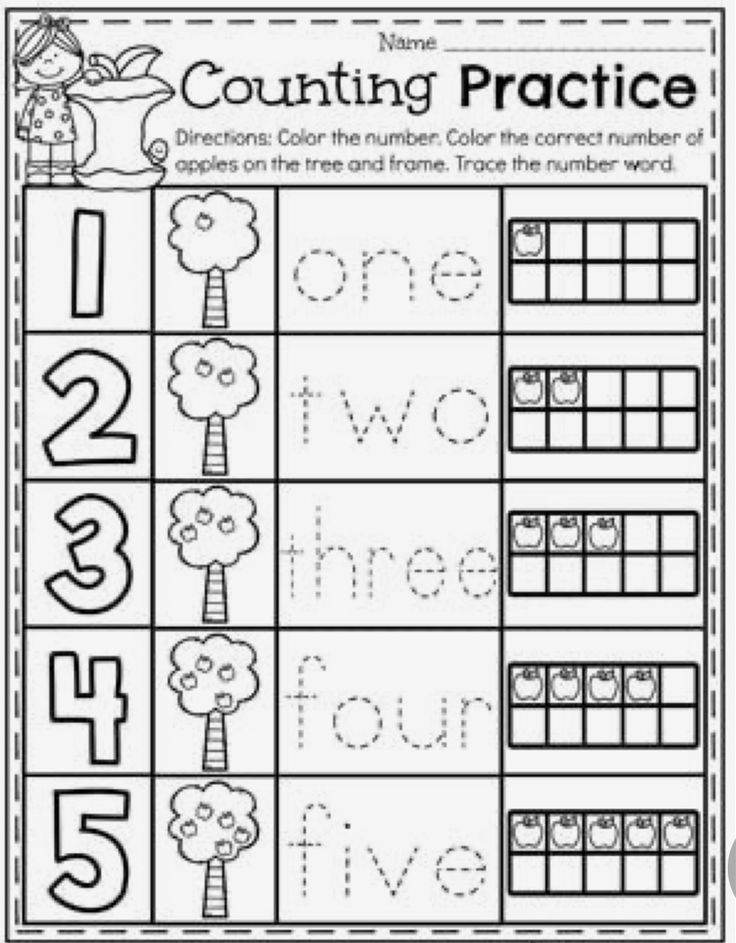
Learn more: High Energy Mommy
10. Skip Counting Lace Boards
This is a great activity for counting, especially if you want to practice skip counting. Write the number sequence out of order on the edge of a paper plate and punch a hole next to each number. Kids must thread some yarn through the holes to get the correct order. You can trace the solution on the back if they need a little helping hand.
Learn more: 123 Home School 4 Me
11. Counting Stew
This is a fun counting activity that can translate into tons of math concepts. Get a tray with a few compartments and add some random items to each space. Give kids a "math stew" recipe and they can count out how many of each object they need. "Eight triangles, five squares, and three circles make the perfect stew."
Learn more: Pocket of Preschool
12. Dice Bingo
Who doesn't love bingo? This is one of the best math activities you can do as it is quick to set up and involves a few skills.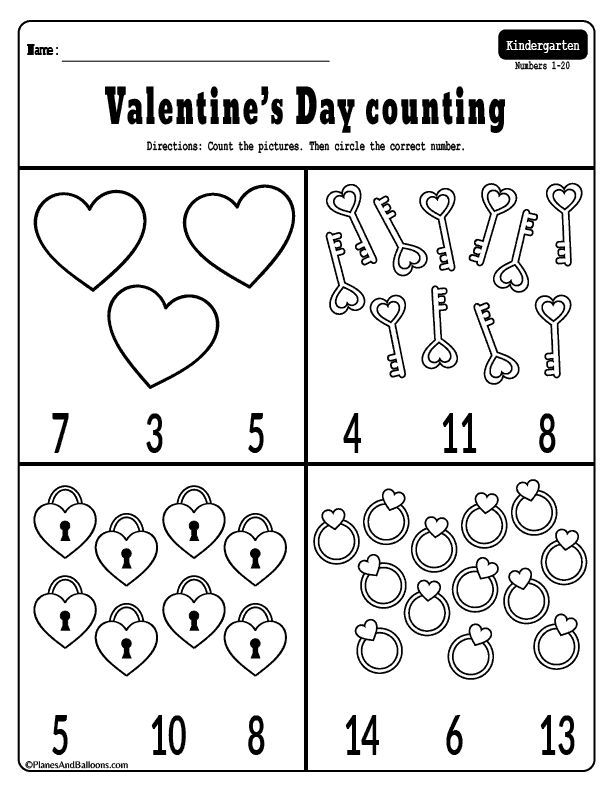 Kids should roll some dice and mark off the blocks on their bingo cards. The first one to complete a row can yell out BINGO!
Kids should roll some dice and mark off the blocks on their bingo cards. The first one to complete a row can yell out BINGO!
Learn more: Activity Mom
13. Coin Counting
Using coins in a counting activity helps you cover a variety of themes and gets kids used to everyday math. Roll a die to pick a number and then select that amount of coins. Let kids count the value of the coins together. If you are working with beginner-level counters, they can use the smallest value of coins to add up to the number on the dice.
Learn more: Earth Mama's World
14. Bug Catching Counting Game
Who would have thought a tub full of bugs can have so many uses? Use them as math materials and let kids count some bugs and catch them in a jar. The best way to do this is to use some tweezers to help them develop their pincer grip while they play.
Learn more: Mrs. Plemon's Kindergarten
15. Number Lacing Maze
Get kindergarten students counting with this creative lace-up maze. Make loops from colored paper and paste them onto a big piece of cardboard. Number the loops in random order and let kids thread a rope through the loops in numerical order. they can even try and count backward for an extra challenge.
Make loops from colored paper and paste them onto a big piece of cardboard. Number the loops in random order and let kids thread a rope through the loops in numerical order. they can even try and count backward for an extra challenge.
Learn more: How We Learn
16. Pipe Cleaner Activity
This is a quick activity to let kids practice counting and work on their fine motor skills. poke some holes in the bottom of paper cups and write a number on the cup. They should count out pipe cleaners and stick them in the holes.
Learn more: Planning Playtime
17. Apple Tree Counting Cards
These cute flash cards make for a fun counting activity. Use some playdough to roll out bright red apples and place them on the cards to decorate the trees. This activity is fun and simple and can be done over and over without any waste.
Learn more: Tot Schooling
18. Paper Plate Adition
This is another counting activity that is easy to set up and quick to learn.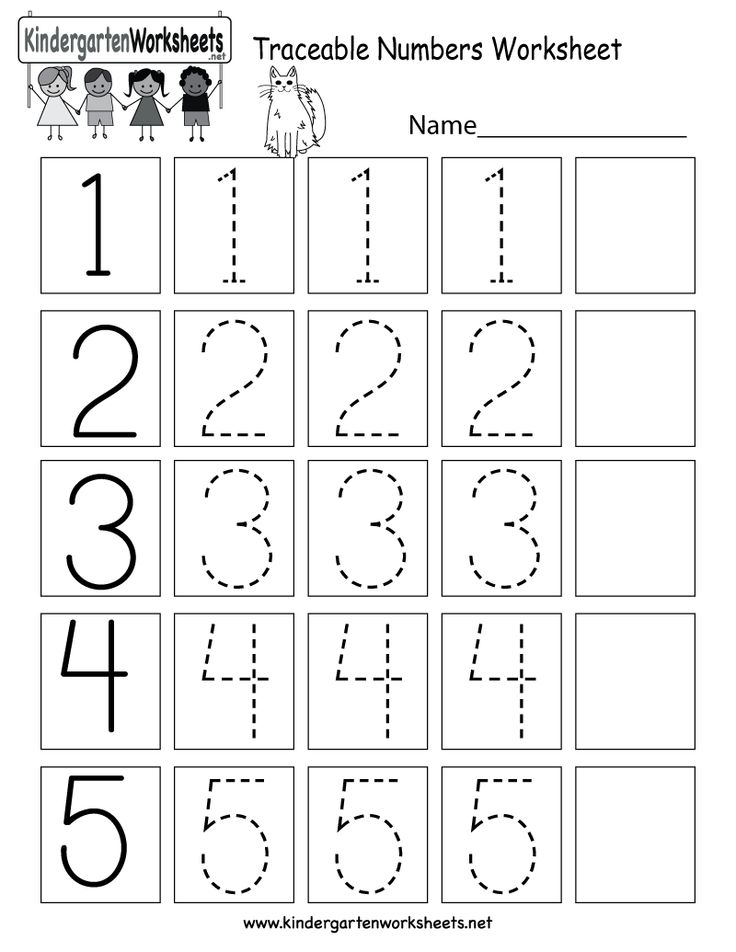 Simply toll a die to determine how many buttons you need to count. Kids count buttons and place them in the smaller 2 sections of the paper plate and then count the total to place it in the larger section.
Simply toll a die to determine how many buttons you need to count. Kids count buttons and place them in the smaller 2 sections of the paper plate and then count the total to place it in the larger section.
Learn more: Creative Family Fun
19. Corn Counting Activity
This fun math idea is perfect for basic foundation skills. Kids roll one or two dice and count how many dots they see. They then find the corresponding number on this adorable printable and place a yellow sticker on their corn.
Learn more: I Heart Crafty Things
20. Bead Counting
This fun activity will have your child practice counting along with doing some color recognition. label some pipe cleaners with sticky notes and write a number on each of them. Kids need to string some beads onto the pipe cleaner to correspond to the number on the label.
Learn more: Kids Activities Blog
21. Pearl Counting
This fun preschool counting activity can easily be tied in with an ocean-themed lesson plan.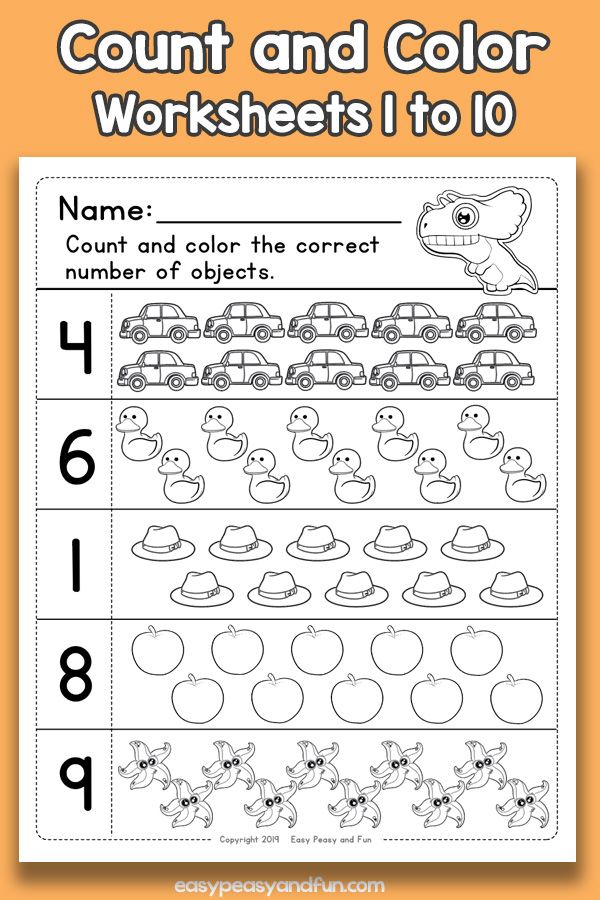 place some clam shells in a tray of sand and write a number inside each of them. Kids can arrange the shells in numerical order if they like. They can then count out the pearls and place the correct number in each shell.
place some clam shells in a tray of sand and write a number inside each of them. Kids can arrange the shells in numerical order if they like. They can then count out the pearls and place the correct number in each shell.
Learn more: Creative World of Varya
22. Fishy Fingerpainting
The best kind of activities combine a wide variety of skills and this one requires cutting, counting, and painting. Kids create a little fish bowl and you can write some numbers on each fish. They should use finger paint to make the right amount of bubbles around each fish.
Learn more: School Time Snippets
23. Go Fishing Counting Game
Everyone remembers this simple fishing game from their childhood and it still holds up. Add some paper clips to numbered fish and let kids go fishing! They can catch the fish numerically, count backward, or even try some addition if they are up to the challenge.
Learn more: Buggy and Buddy
24.
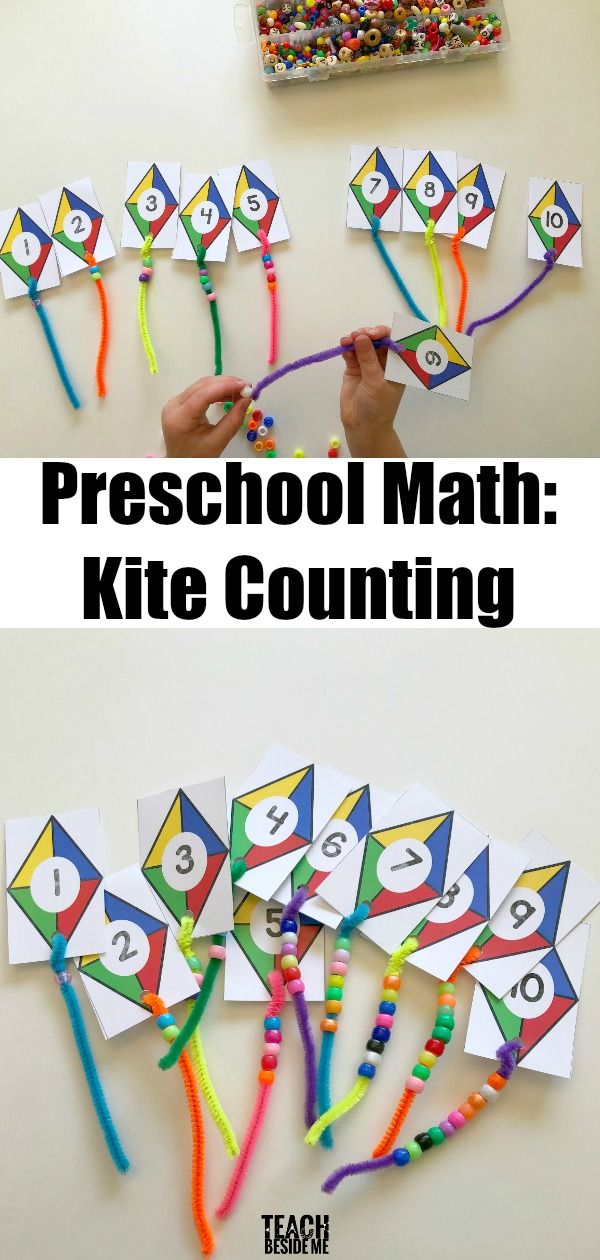 One Fish, Two Fish...
One Fish, Two Fish... Forget about math books, there are plenty of fun nursery rhyme books for preschoolers that teach counting too. This Dr. Seuss classic combines with an easy counting activity where kids can pair up red and blue numbered fish.
Learn more: Creative Family Fun
25. Smack the Number
A fly swatter and some numbers on the wall is an always-popular game to teach the foundation of math. Kids roll a giant die, count the numbers on the die and run to smack the written number on the wall with a fly swatter. You can make it more difficult by telling them to smack the number that comes after the number on the die.
Learn more: Mom Inspired Life
26. Octopus Math
An octopus makes for a fun math companion seeing as he has enough arms to count on! Make a cute picture of an octopus and let kids count out pieces of sequin to stick on its tentacles. They can also use finger paint and make dots if you want a more hands-on counting activity.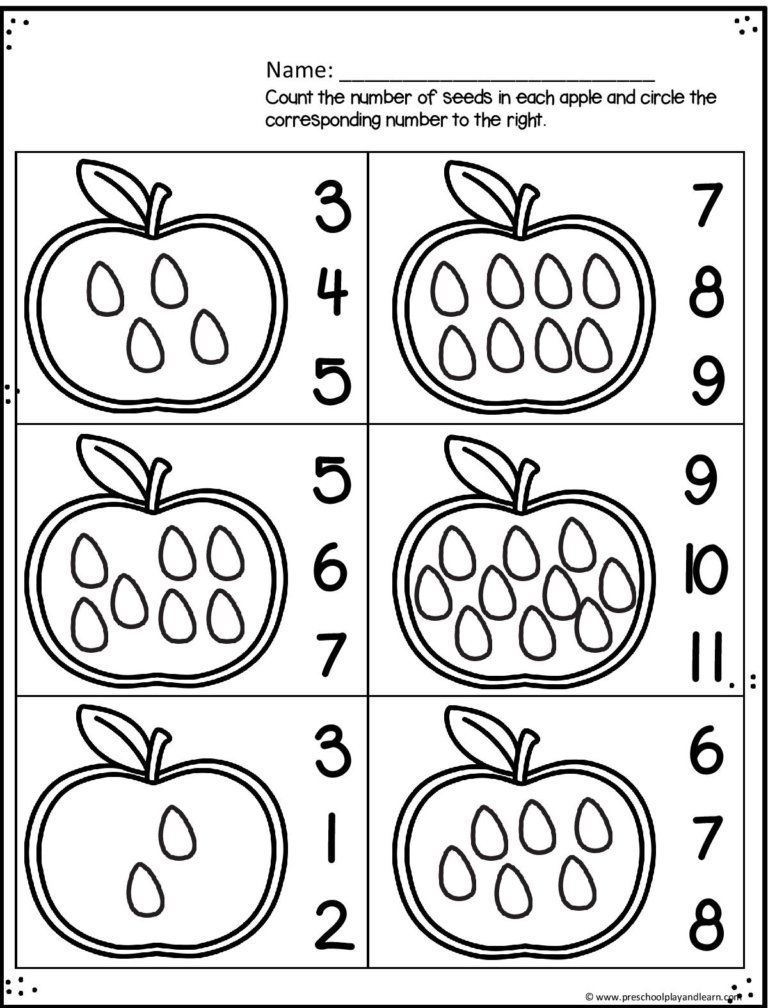
Learn more: Chipman's Corner Preschool
27. Plastic Egg Counting
These plastic easter eggs have endless uses, especially when it comes to activities for preschoolers. Number the top part of the egg with a numeric value and draw that number of dots on the bottom. Kids have to match the two pieces and also count out some counters to put inside the egg.
Learn more: Views From a Stepstool
28. Paper Egg Cracking
Another egg-cellent and simple counting activity are using a mini hole punch and some egg-shaped paper cutouts. Number each egg and let the kids punch the correct number of holes in each egg.
Learn more: Modern Preschool
29. Craft Hands Counting Activity
Create this fun craft to combine finger counting and the idea of an abacus. Kids can trace their hands and cut them out and use these to count on. Add a string of 10 beads in the middle that they will also use as counters.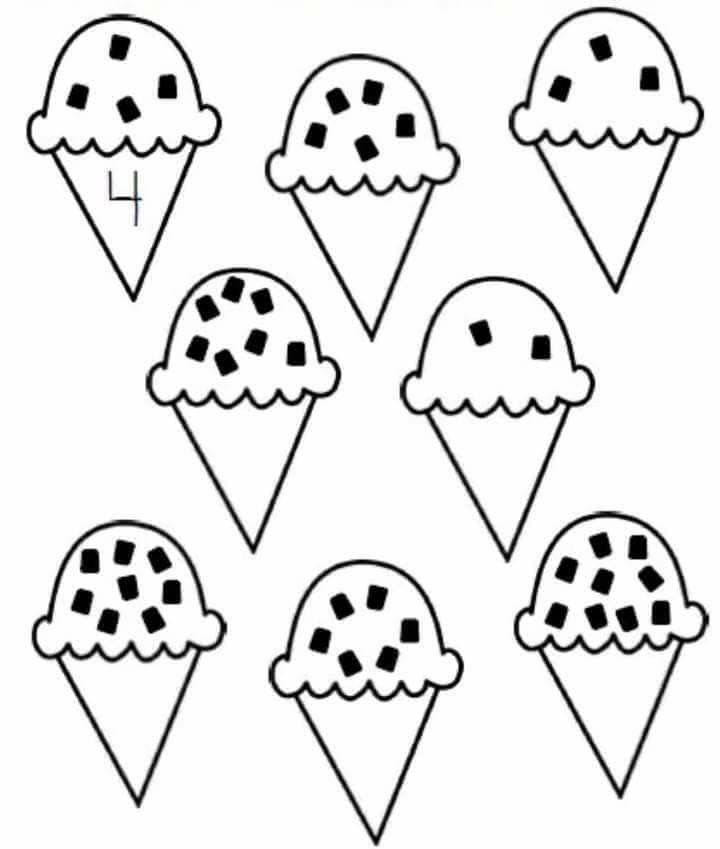
Learn more: Hello Wonderful
30. Apple Seed Counting
An apple seed counting game is a fun and mess-free game for young learners. Simply print out the outline of an apple and grab a bowl of seeds or black beans. Kids roll the die and see how many seeds they need to place on the apple.
Learn more: ABCs to ACTs
31. Rain Chain
Add this simple counting activity to a rainy-day lesson plan. Print or cut out some cloud shapes and number them. Let kids make paperclip links using as much paperclips as the cloud indicates to make it look like rain.
Learn more: Turner Tots
32. Card and Button Counting
A deck of cards is a must-have if you are doing counting activities. Let kids lay out the cards from 1 to 10 and count out some buttons to place on top of each card. It seems simple enough but from there you can ask all kinds of math-related questions as kids can see the value of the numbers in front of them.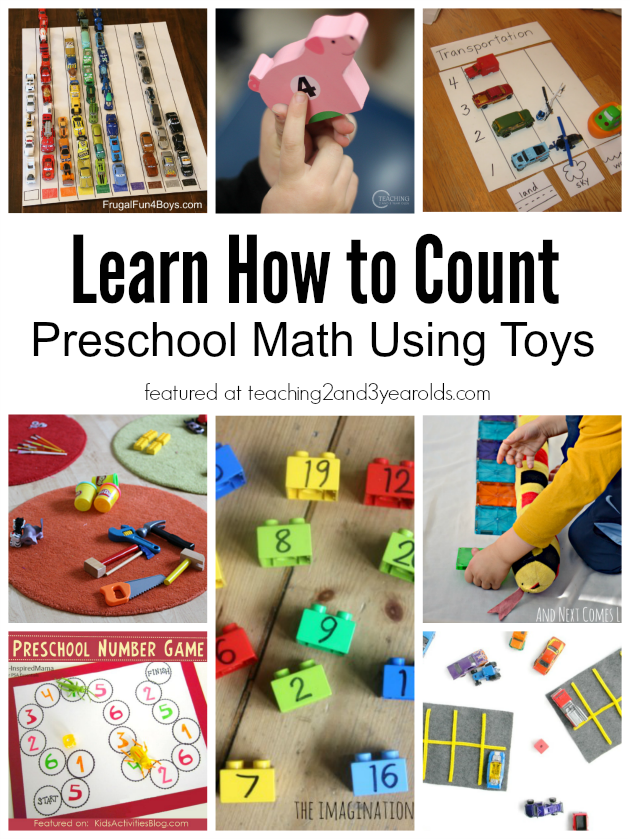
Learn more: Busy Toddler
33. Sensory Bin Counting
A sensory bin can be adapted to just about any theme or subject imaginable. This is a fun fall-themed bin using pumpkin seeds and little pumpkins made out of egg cartons. Number the inside of each pumpkin and let kids count out how many seeds they have to put inside each of them.
Learn more: Taming Little Monsters
34. Counting Fries
This game is a fun excuse to eat some junk food (just to save the containers!). Cut some "fries" out of a sponge and number the fry boxes with different numbers. Kids can use tongs to place the sponge fries in the box and see who can yell "order up" the fastest.
Learn more: Craft Gossip
35. Pizza Building
Aren't food-themed games just the best? This adorable pizza-building printable comes with some recipes and lots of ingredients. Cut them all out and get counting and building! Just have the pizza guy on speed dial because this game is sure to work up an appetite.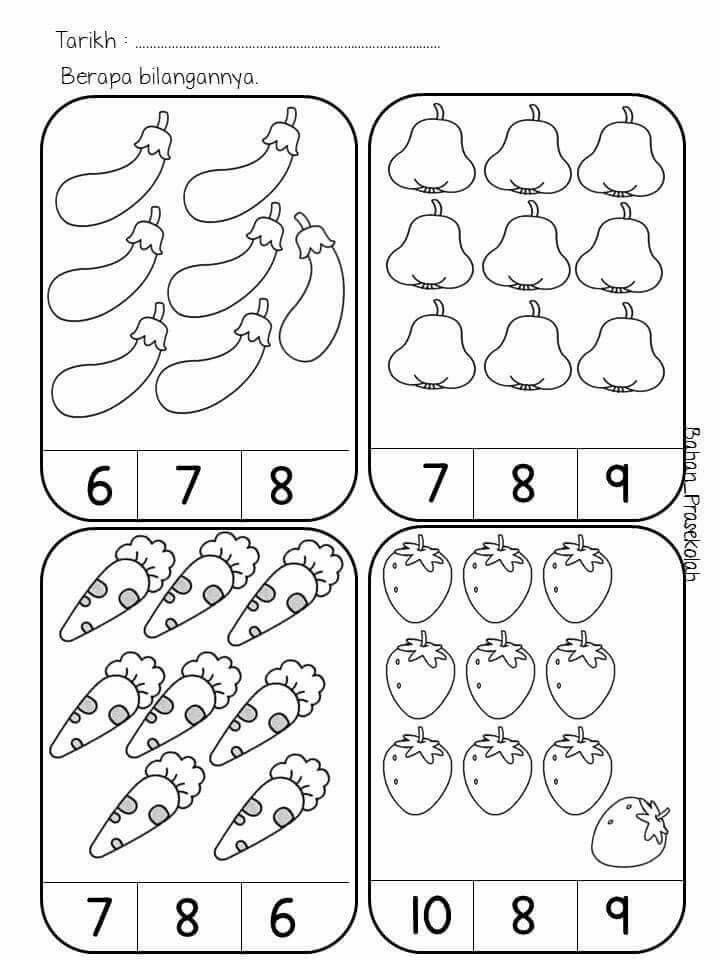
Learn more: Primary Flourish
36. Tooth Counting
Combine a lesson on dental hygiene with this out-of-the-box counting activity. Print out the template of a mouth with numbered teeth and take out some cotton balls to begin the game. Kids get to roll some dice to see how many teeth they need to add to the mouth. Use addition and subtraction dice to make it more complicated and let kids use tweezers to add the cotton balls.
Learn more: Snap Widget
37. Corn Kernel Counting
These adorable cutouts will take some time to make but you can use them over and over again. Let kids count out the corn kernels and add them to each ear. You can even make some popcorn as a surprise treat after the activity is done.
Learn more: ABCDee Learning
38. What's Missing?
Do this activity with rocks to add another level of tactile learning to the game. Print out some trips with a number sequence on them but leave out a few of the numbers.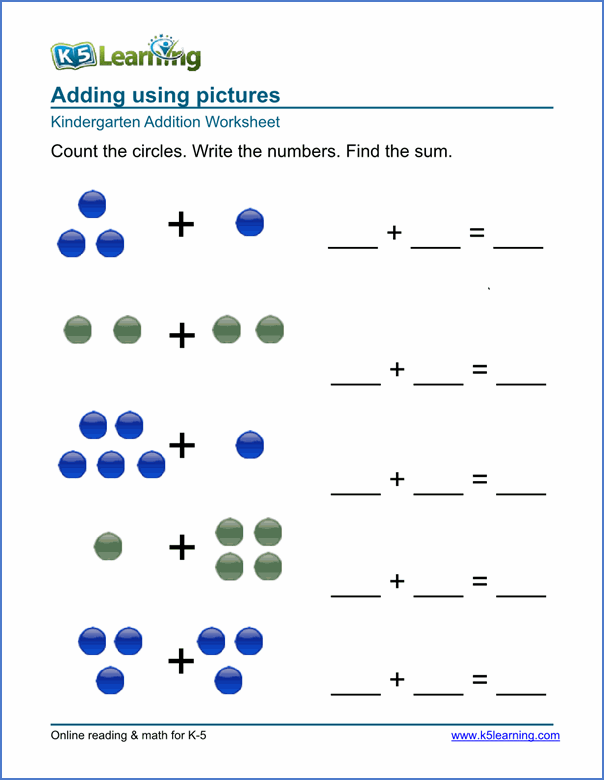 Kids must recognize the sequence and add the missing number to the strip of paper by placing the numbered rock into the line.
Kids must recognize the sequence and add the missing number to the strip of paper by placing the numbered rock into the line.
Learn more: You Clever Monkey
39. Domino Counting
Dram some circles on the floor (just make sure it is erasable markers!) and number each of them. Let the kids count the total number of dots on a domino and place the domino in the correct circle.
Learn more: Beyond Traditional Math
40. Pop the Number
These fidget poppers have tons of uses when it comes to learning math. One of the easiest ways is to take a die and let kids pop as many circles as the dice indicates until they have popped the whole thing.
Learn more: Teaching Mama
41. Playdough Mats
Use these cute dough mats to let kids count playdough balls. They can make the number out of clay, add some raindrops in the clouds and make the correct number of shapes to place in the empty squares.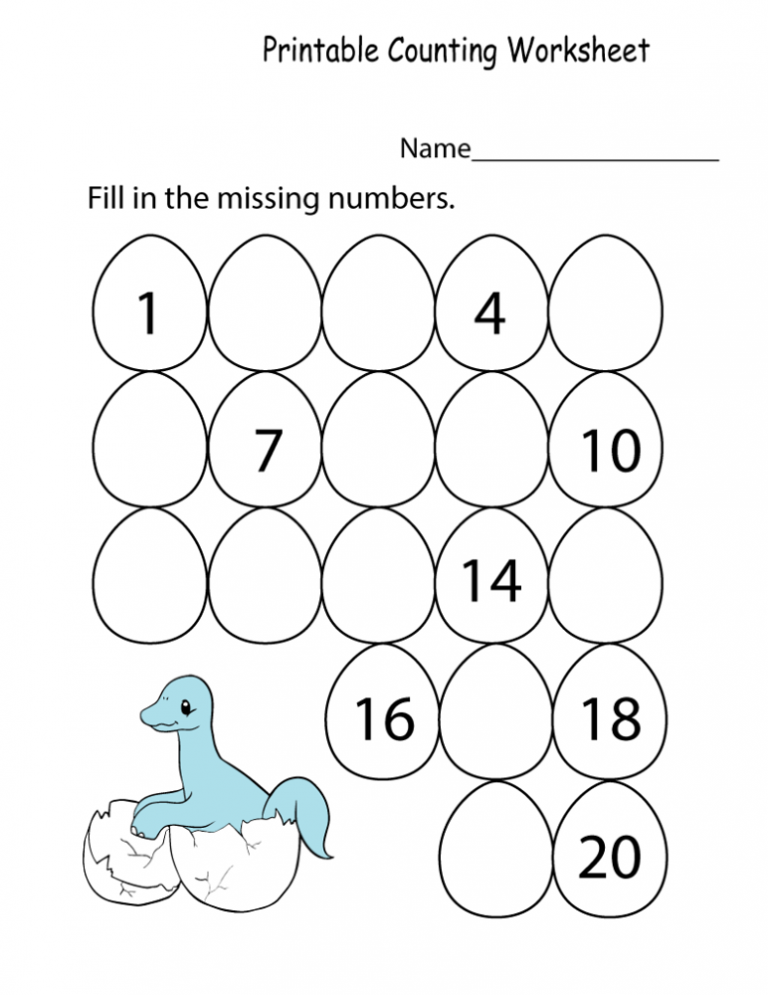
Learn more: Kindergarten Worksheets and Games
42. Mitton Button Counting
This is another fun way to use your giant bowl of buttons that you inexplicably have. Lay out some mitten printables and let kids count the number of buttons they need to place on each one.
Learn more: Play to Learn Preschool
43. Playdough Counting Garden
Playdough play time is every kid's favorite time of day, so why not make it a time for learning? Use number stamps to print a number in the middle of a clay flower and let kids add that same number of petals to the flower.
Learn more: Fantastic Fun and Learning
44. I Spy Counting Tray
Transform I-Spy into a fun counting game with number trays. Kids give clues as to what they spy on a tray like "I spy something blue". Once the item has been guessed, kids can count the attributes of the given object like the four corners of a square or the five arms of a starfish.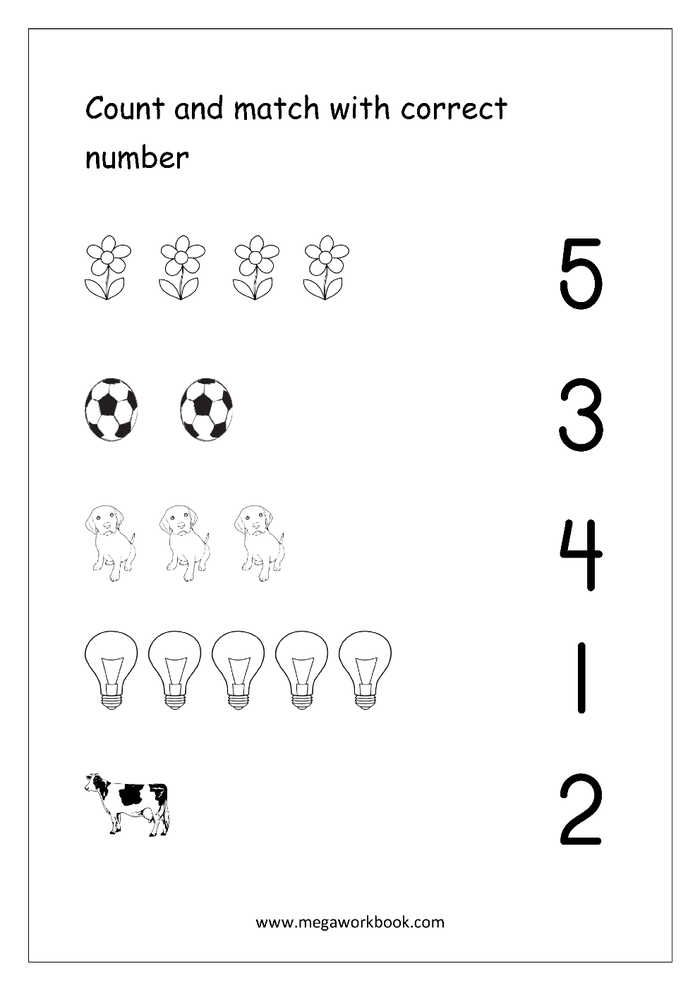
Learn more: Play, Teach, Repeat
Related posts:
Category: Classroom Ideas
| 1. Characteristics of the methodology for the formation of elementary mathematical representations in preschoolers as a science and academic discipline. The FEMP methodology in the system of pedagogical sciences is designed to assist in preparing preschool children for the perception and assimilation of mathematics and contributes to the education of a versatile personality. nine0011 Mathematics is the science of the quantitative and spatial relations of reality. Theory and methodology of mathematics is an independent scientific discipline. At first, it existed within the framework of preschool pedagogy, then it emerged as a separate discipline. The main questions it focuses on is what and how to teach children to promote mathematical and mental development and prepare children for learning and mastering mathematics in school. FEMP as a science: - study of the patterns of mathematical development of children - identification and justification of pedagogical conditions that contribute to the effective mathematical development of children in the conditions of kindergartens and schools. FEMP subject as a scientific discipline : - is a process of mastering mathematical content by an adult, which contributes to his cognitive, personal development, subject to a special organization and application of effective technologies for development and education in teaching. nine0011 The formation of elementary mathematical representations is a purposeful and organized process of transferring and assimilating knowledge, techniques and methods of mental activity provided for by program requirements. Its main goal is not only preparation for the successful mastering of mathematics at school, but also the comprehensive development of children. The subject of her research is the study of the main patterns of the process of formation of elementary mathematical representations in preschoolers in the context of social education. nine0011 Tasks: - scientific substantiation of program requirements for the level of development of quantitative, spatial, temporal and other mathematical representations of children in each age group; - determination of the content of factual material to prepare a child in kindergarten for learning mathematics at school; - improving the material on the formation of mathematical representations in the kindergarten program; nine0011 - development and implementation into practice of effective didactic tools, methods and various forms of organizing the process of developing elementary mathematical concepts; - implementation of continuity in the formation of basic mathematical concepts in kindergarten and the corresponding concepts in school; - development of the content of training highly qualified personnel capable of carrying out pedagogical and methodological work on the formation and development of mathematical concepts in children in all parts of the preschool education system; nine0011 - development on a scientific basis of methodological recommendations for parents on the development of mathematical concepts in children in a family setting. The general task of methodology is to study and develop the practical foundations for the process of forming elementary mathematical representations in preschool children.
Pre-mathematical training is a purposeful mental development of a child, the formation of the necessary specific cognitive and mental skills, which are basic for further assimilation of mathematical content (acquaintance with arithmetic operations, tasks). nine0011 The main goal of the theoretical foundations for the development of mathematical concepts is a mathematical description and clarification of the meaning of everything that is practiced in the classroom with preschoolers, an explanation of those concepts about which children form the corresponding ideas. To illustrate various concepts, facts or constructions, it is necessary to use examples and games that model these concepts or constructions, and the corresponding didactic material. A feature of this presentation is the identification of the logical structure of thinking, developed simultaneously with mathematical representations. The special logical and mathematical terminology and symbols used in the presentation of the theoretical foundations are not intended for teaching preschoolers. In the content of pre-mathematical preparation of preschool children, are distinguished3 directions: Download 456.5 Kb. Share with your friends: |
Teaching preschoolers to count by means of project activities
%PDF-1.7 % 10 obj > /Metadata 4 0 R /ViewerPreferences 5 0 R >> endobj 6 0 obj /Title >> endobj 20 obj > endobj 3 0 obj > endobj 40 obj > stream
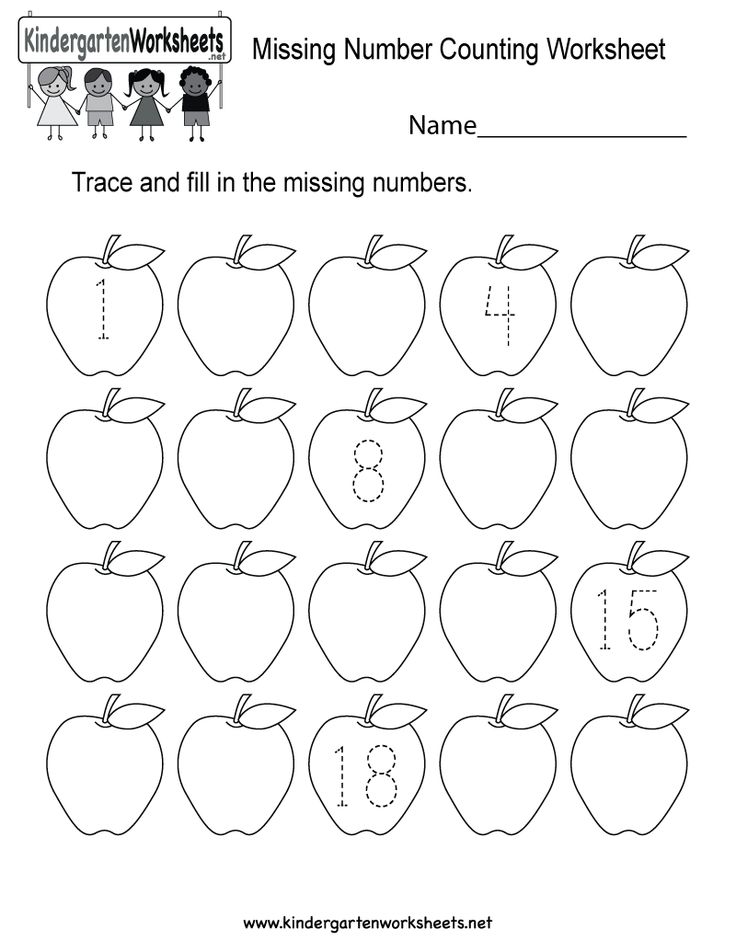 D.1.72017-11-27T13:17:05+05:002017-11-27T13:17:05+05:00 endstream endobj 5 0 obj > endobj 70 obj > /ExtGState> /ProcSet [/PDF /Text /ImageB /ImageC /ImageI] /XObject> >> /MediaBox[0 0 595.
D.1.72017-11-27T13:17:05+05:002017-11-27T13:17:05+05:00 endstream endobj 5 0 obj > endobj 70 obj > /ExtGState> /ProcSet [/PDF /Text /ImageB /ImageC /ImageI] /XObject> >> /MediaBox[0 0 595.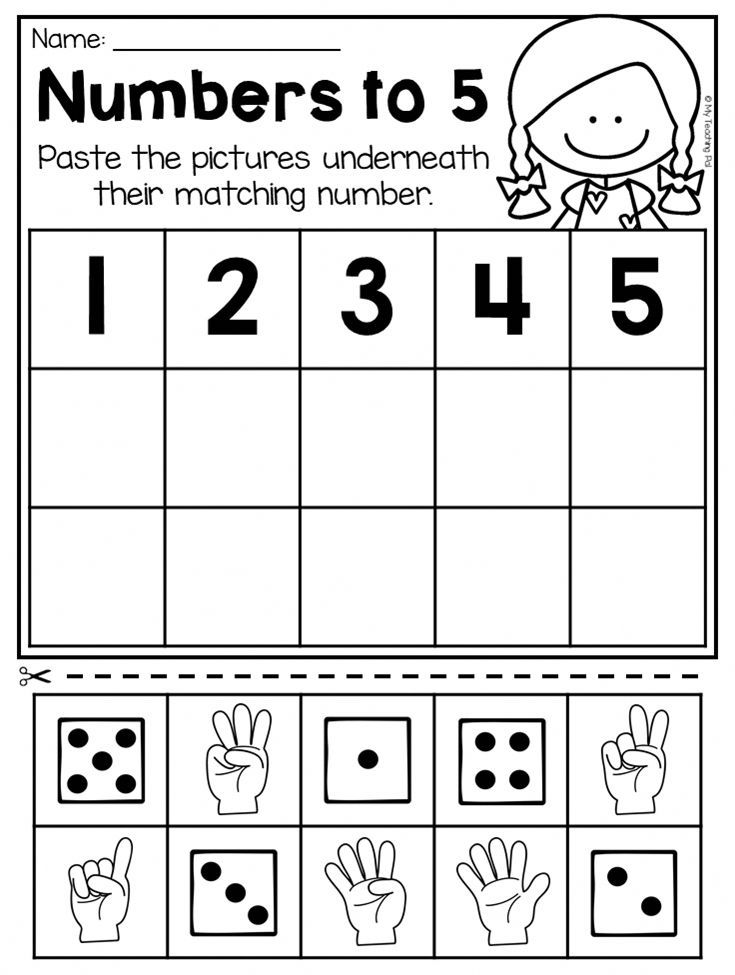 32 841.92] /Contents[115 0 R 116 0 R 117 0 R] /group> /Tabs /S /StructParents 0 /Annots [118 0R] >> endobj 80 obj > /ExtGState> /ProcSet [/PDF /Text /ImageB /ImageC /ImageI] >> /MediaBox [0 0 595.32 841.92] /Contents 119 0 R /group> /Tabs /S /StructParents 1 >> endobj 9 0 obj > /ExtGState> /ProcSet [/PDF /Text /ImageB /ImageC /ImageI] >> /MediaBox [0 0 595.32 841.92] /Contents 120 0R /group> /Tabs /S /StructParents 2 >> endobj 10 0 obj > /ExtGState> /ProcSet [/PDF /Text /ImageB /ImageC /ImageI] >> /MediaBox[0 0 595.32 841.92] /Contents 121 0 R /group> /Tabs /S /StructParents 3 >> endobj 11 0 obj > /ExtGState> /ProcSet [/PDF /Text /ImageB /ImageC /ImageI] >> /MediaBox [0 0 595.32 841.92] /Contents 122 0 R /group> /Tabs /S /StructParents 4 >> endobj 12 0 obj > /ExtGState> /ProcSet [/PDF /Text /ImageB /ImageC /ImageI] >> /MediaBox [0 0 595.32 841.92] /Contents 123 0 R /group> /Tabs /S /StructParents 5 >> endobj 13 0 obj > /ExtGState> /ProcSet [/PDF /Text /ImageB /ImageC /ImageI] >> /MediaBox[0 0 595.
32 841.92] /Contents[115 0 R 116 0 R 117 0 R] /group> /Tabs /S /StructParents 0 /Annots [118 0R] >> endobj 80 obj > /ExtGState> /ProcSet [/PDF /Text /ImageB /ImageC /ImageI] >> /MediaBox [0 0 595.32 841.92] /Contents 119 0 R /group> /Tabs /S /StructParents 1 >> endobj 9 0 obj > /ExtGState> /ProcSet [/PDF /Text /ImageB /ImageC /ImageI] >> /MediaBox [0 0 595.32 841.92] /Contents 120 0R /group> /Tabs /S /StructParents 2 >> endobj 10 0 obj > /ExtGState> /ProcSet [/PDF /Text /ImageB /ImageC /ImageI] >> /MediaBox[0 0 595.32 841.92] /Contents 121 0 R /group> /Tabs /S /StructParents 3 >> endobj 11 0 obj > /ExtGState> /ProcSet [/PDF /Text /ImageB /ImageC /ImageI] >> /MediaBox [0 0 595.32 841.92] /Contents 122 0 R /group> /Tabs /S /StructParents 4 >> endobj 12 0 obj > /ExtGState> /ProcSet [/PDF /Text /ImageB /ImageC /ImageI] >> /MediaBox [0 0 595.32 841.92] /Contents 123 0 R /group> /Tabs /S /StructParents 5 >> endobj 13 0 obj > /ExtGState> /ProcSet [/PDF /Text /ImageB /ImageC /ImageI] >> /MediaBox[0 0 595.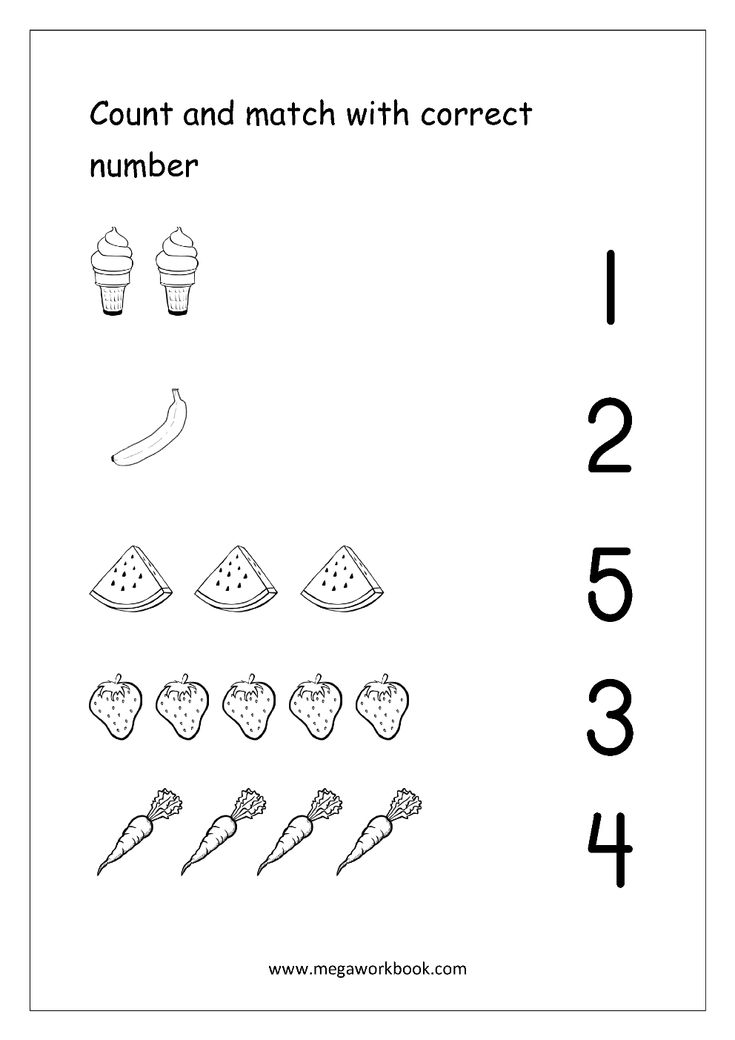 32 841.92] /Contents 125 0 R /group> /Tabs /S /StructParents 6 >> endobj 14 0 obj > /ExtGState> /ProcSet [/PDF /Text /ImageB /ImageC /ImageI] >> /MediaBox [0 0 595.32 841.92] /Contents 128 0R /group> /Tabs /S /StructParents 7 >> endobj 15 0 obj > /ExtGState> /ProcSet [/PDF /Text /ImageB /ImageC /ImageI] >> /MediaBox [0 0 595.32 841.92] /Contents 129 0 R /group> /Tabs /S /StructParents 8 >> endobj 16 0 obj > /ExtGState> /ProcSet [/PDF /Text /ImageB /ImageC /ImageI] >> /MediaBox[0 0 595.32 841.92] /Contents 130 0 R /group> /Tabs /S /StructParents 9 >> endobj 17 0 obj > /ExtGState> /ProcSet [/PDF /Text /ImageB /ImageC /ImageI] >> /MediaBox [0 0 595.32 841.92] /Contents 131 0 R /group> /Tabs /S /StructParents 10 >> endobj 18 0 obj > /ExtGState> /ProcSet [/PDF /Text /ImageB /ImageC /ImageI] >> /MediaBox [0 0 595.32 841.92] /Contents 132 0 R /group> /Tabs /S /StructParents 11 >> endobj 19 0 obj > /ExtGState> /ProcSet [/PDF /Text /ImageB /ImageC /ImageI] >> /MediaBox[0 0 595.32 841.92] /Contents 133 0 R /group> /Tabs /S /StructParents 14 >> endobj 20 0 obj > /ExtGState> /ProcSet [/PDF /Text /ImageB /ImageC /ImageI] >> /MediaBox [0 0 595.
32 841.92] /Contents 125 0 R /group> /Tabs /S /StructParents 6 >> endobj 14 0 obj > /ExtGState> /ProcSet [/PDF /Text /ImageB /ImageC /ImageI] >> /MediaBox [0 0 595.32 841.92] /Contents 128 0R /group> /Tabs /S /StructParents 7 >> endobj 15 0 obj > /ExtGState> /ProcSet [/PDF /Text /ImageB /ImageC /ImageI] >> /MediaBox [0 0 595.32 841.92] /Contents 129 0 R /group> /Tabs /S /StructParents 8 >> endobj 16 0 obj > /ExtGState> /ProcSet [/PDF /Text /ImageB /ImageC /ImageI] >> /MediaBox[0 0 595.32 841.92] /Contents 130 0 R /group> /Tabs /S /StructParents 9 >> endobj 17 0 obj > /ExtGState> /ProcSet [/PDF /Text /ImageB /ImageC /ImageI] >> /MediaBox [0 0 595.32 841.92] /Contents 131 0 R /group> /Tabs /S /StructParents 10 >> endobj 18 0 obj > /ExtGState> /ProcSet [/PDF /Text /ImageB /ImageC /ImageI] >> /MediaBox [0 0 595.32 841.92] /Contents 132 0 R /group> /Tabs /S /StructParents 11 >> endobj 19 0 obj > /ExtGState> /ProcSet [/PDF /Text /ImageB /ImageC /ImageI] >> /MediaBox[0 0 595.32 841.92] /Contents 133 0 R /group> /Tabs /S /StructParents 14 >> endobj 20 0 obj > /ExtGState> /ProcSet [/PDF /Text /ImageB /ImageC /ImageI] >> /MediaBox [0 0 595.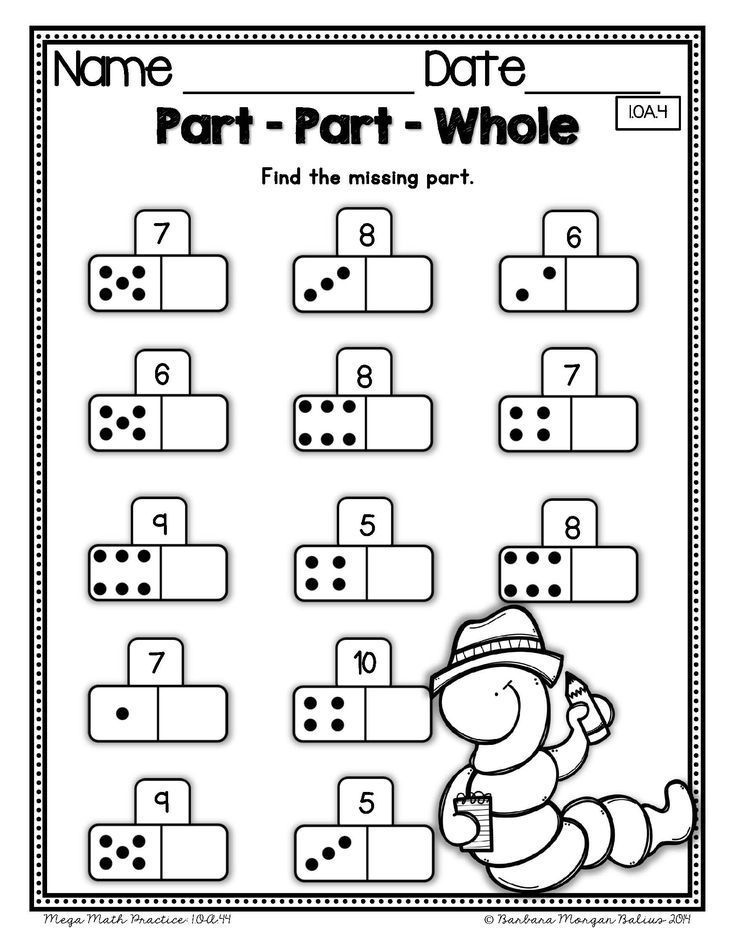 32 841.92] /Contents 134 0 R /group> /Tabs /S /StructParents 15 >> endobj 21 0 obj > /ExtGState> /ProcSet [/PDF /Text /ImageB /ImageC /ImageI] >> /MediaBox [0 0 595.32 841.92] /Contents 135 0 R /group> /Tabs /S /StructParents 16 >> endobj 22 0 obj > /ExtGState> /ProcSet [/PDF /Text /ImageB /ImageC /ImageI] >> /MediaBox[0 0 595.32 841.92] /Contents 136 0R /group> /Tabs /S /StructParents 17 >> endobj 23 0 obj > /ExtGState> /ProcSet [/PDF /Text /ImageB /ImageC /ImageI] >> /MediaBox [0 0 595.32 841.92] /Contents 137 0R /group> /Tabs /S /StructParents 18 >> endobj 24 0 obj > /ExtGState> /ProcSet [/PDF /Text /ImageB /ImageC /ImageI] >> /MediaBox [0 0 595.32 841.92] /Contents 138 0R /group> /Tabs /S /StructParents 19 >> endobj 25 0 obj > /ExtGState> /ProcSet [/PDF /Text /ImageB /ImageC /ImageI] >> /MediaBox[0 0 595.32 841.92] /Contents 139 0R /group> /Tabs /S /StructParents 20 >> endobj 26 0 obj > /ExtGState> /ProcSet [/PDF /Text /ImageB /ImageC /ImageI] >> /MediaBox [0 0 595.32 841.92] /Contents 140 0 R /group> /Tabs /S /StructParents 21 >> endobj 27 0 obj > /ExtGState> /ProcSet [/PDF /Text /ImageB /ImageC /ImageI] >> /MediaBox [0 0 595.
32 841.92] /Contents 134 0 R /group> /Tabs /S /StructParents 15 >> endobj 21 0 obj > /ExtGState> /ProcSet [/PDF /Text /ImageB /ImageC /ImageI] >> /MediaBox [0 0 595.32 841.92] /Contents 135 0 R /group> /Tabs /S /StructParents 16 >> endobj 22 0 obj > /ExtGState> /ProcSet [/PDF /Text /ImageB /ImageC /ImageI] >> /MediaBox[0 0 595.32 841.92] /Contents 136 0R /group> /Tabs /S /StructParents 17 >> endobj 23 0 obj > /ExtGState> /ProcSet [/PDF /Text /ImageB /ImageC /ImageI] >> /MediaBox [0 0 595.32 841.92] /Contents 137 0R /group> /Tabs /S /StructParents 18 >> endobj 24 0 obj > /ExtGState> /ProcSet [/PDF /Text /ImageB /ImageC /ImageI] >> /MediaBox [0 0 595.32 841.92] /Contents 138 0R /group> /Tabs /S /StructParents 19 >> endobj 25 0 obj > /ExtGState> /ProcSet [/PDF /Text /ImageB /ImageC /ImageI] >> /MediaBox[0 0 595.32 841.92] /Contents 139 0R /group> /Tabs /S /StructParents 20 >> endobj 26 0 obj > /ExtGState> /ProcSet [/PDF /Text /ImageB /ImageC /ImageI] >> /MediaBox [0 0 595.32 841.92] /Contents 140 0 R /group> /Tabs /S /StructParents 21 >> endobj 27 0 obj > /ExtGState> /ProcSet [/PDF /Text /ImageB /ImageC /ImageI] >> /MediaBox [0 0 595.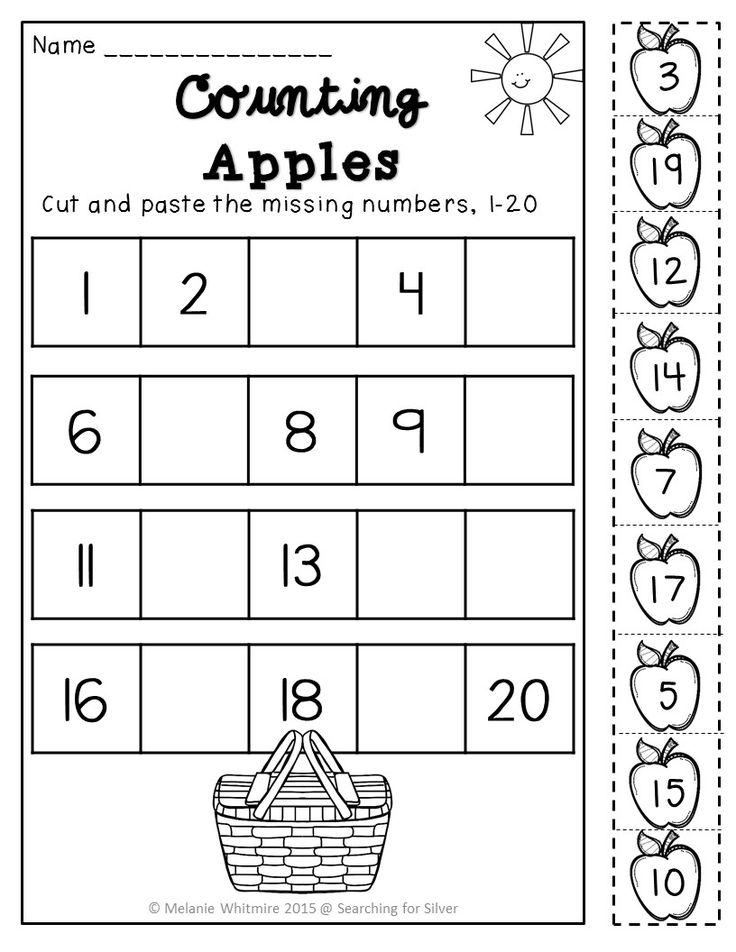 32 841.92] /Contents 141 0 R /group> /Tabs /S /StructParents 22 >> endobj 28 0 obj > /ExtGState> /ProcSet [/PDF /Text /ImageB /ImageC /ImageI] >> /MediaBox[0 0 595.32 841.92] /Contents 142 0 R /group> /Tabs /S /StructParents 12 >> endobj 29 0 obj > /ExtGState> /ProcSet [/PDF /Text /ImageB /ImageC /ImageI] >> /MediaBox [0 0 595.32 841.92] /Contents 143 0 R /group> /Tabs /S /StructParents 23 >> endobj 30 0 obj > /ExtGState> /ProcSet [/PDF /Text /ImageB /ImageC /ImageI] >> /MediaBox [0 0 595.32 841.92] /Contents 144 0 R /group> /Tabs /S /StructParents 24 >> endobj 31 0 obj > /ExtGState> /ProcSet [/PDF /Text /ImageB /ImageC /ImageI] >> /MediaBox[0 0 595.32 841.92] /Contents 145 0R /group> /Tabs /S /StructParents 25 >> endobj 32 0 obj > /ExtGState> /ProcSet [/PDF /Text /ImageB /ImageC /ImageI] >> /MediaBox [0 0 595.32 841.92] /Contents 146 0 R /group> /Tabs /S /StructParents 26 >> endobj 33 0 obj > /ExtGState> /ProcSet [/PDF /Text /ImageB /ImageC /ImageI] >> /MediaBox [0 0 595.32 841.92] /Contents 147 0 R /group> /Tabs /S /StructParents 27 >> endobj 34 0 obj > /ExtGState> /ProcSet [/PDF /Text /ImageB /ImageC /ImageI] >> /MediaBox[0 0 595.
32 841.92] /Contents 141 0 R /group> /Tabs /S /StructParents 22 >> endobj 28 0 obj > /ExtGState> /ProcSet [/PDF /Text /ImageB /ImageC /ImageI] >> /MediaBox[0 0 595.32 841.92] /Contents 142 0 R /group> /Tabs /S /StructParents 12 >> endobj 29 0 obj > /ExtGState> /ProcSet [/PDF /Text /ImageB /ImageC /ImageI] >> /MediaBox [0 0 595.32 841.92] /Contents 143 0 R /group> /Tabs /S /StructParents 23 >> endobj 30 0 obj > /ExtGState> /ProcSet [/PDF /Text /ImageB /ImageC /ImageI] >> /MediaBox [0 0 595.32 841.92] /Contents 144 0 R /group> /Tabs /S /StructParents 24 >> endobj 31 0 obj > /ExtGState> /ProcSet [/PDF /Text /ImageB /ImageC /ImageI] >> /MediaBox[0 0 595.32 841.92] /Contents 145 0R /group> /Tabs /S /StructParents 25 >> endobj 32 0 obj > /ExtGState> /ProcSet [/PDF /Text /ImageB /ImageC /ImageI] >> /MediaBox [0 0 595.32 841.92] /Contents 146 0 R /group> /Tabs /S /StructParents 26 >> endobj 33 0 obj > /ExtGState> /ProcSet [/PDF /Text /ImageB /ImageC /ImageI] >> /MediaBox [0 0 595.32 841.92] /Contents 147 0 R /group> /Tabs /S /StructParents 27 >> endobj 34 0 obj > /ExtGState> /ProcSet [/PDF /Text /ImageB /ImageC /ImageI] >> /MediaBox[0 0 595. 32 841.92] /Contents 148 0 R /group> /Tabs /S /StructParents 28 >> endobj 35 0 obj > /ExtGState> /ProcSet [/PDF /Text /ImageB /ImageC /ImageI] >> /MediaBox [0 0 595.32 841.92] /Contents 149 0R /group> /Tabs /S /StructParents 29 >> endobj 36 0 obj > /ExtGState> /ProcSet [/PDF /Text /ImageB /ImageC /ImageI] >> /MediaBox [0 0 595.32 841.92] /Contents 150 0 R /group> /Tabs /S /StructParents 13 >> endobj 37 0 obj > /ExtGState> /ProcSet [/PDF /Text /ImageB /ImageC /ImageI] >> /MediaBox[0 0 595.32 841.92] /Contents 151 0 R /group> /Tabs /S /StructParents 30 >> endobj 38 0 obj > /ExtGState> /ProcSet [/PDF /Text /ImageB /ImageC /ImageI] >> /MediaBox [0 0 595.32 841.92] /Contents 152 0 R /group> /Tabs /S /StructParents 31 >> endobj 39 0 obj > /ExtGState> /ProcSet [/PDF /Text /ImageB /ImageC /ImageI] >> /MediaBox [0 0 595.32 841.92] /Contents 153 0R /group> /Tabs /S /StructParents 32 >> endobj 40 0 obj > /ExtGState> /ProcSet [/PDF /Text /ImageB /ImageC /ImageI] >> /MediaBox[0 0 595.32 841.92] /Contents 154 0 R /group> /Tabs /S /StructParents 33 >> endobj 41 0 obj > /ExtGState> /ProcSet [/PDF /Text /ImageB /ImageC /ImageI] >> /MediaBox [0 0 595.
32 841.92] /Contents 148 0 R /group> /Tabs /S /StructParents 28 >> endobj 35 0 obj > /ExtGState> /ProcSet [/PDF /Text /ImageB /ImageC /ImageI] >> /MediaBox [0 0 595.32 841.92] /Contents 149 0R /group> /Tabs /S /StructParents 29 >> endobj 36 0 obj > /ExtGState> /ProcSet [/PDF /Text /ImageB /ImageC /ImageI] >> /MediaBox [0 0 595.32 841.92] /Contents 150 0 R /group> /Tabs /S /StructParents 13 >> endobj 37 0 obj > /ExtGState> /ProcSet [/PDF /Text /ImageB /ImageC /ImageI] >> /MediaBox[0 0 595.32 841.92] /Contents 151 0 R /group> /Tabs /S /StructParents 30 >> endobj 38 0 obj > /ExtGState> /ProcSet [/PDF /Text /ImageB /ImageC /ImageI] >> /MediaBox [0 0 595.32 841.92] /Contents 152 0 R /group> /Tabs /S /StructParents 31 >> endobj 39 0 obj > /ExtGState> /ProcSet [/PDF /Text /ImageB /ImageC /ImageI] >> /MediaBox [0 0 595.32 841.92] /Contents 153 0R /group> /Tabs /S /StructParents 32 >> endobj 40 0 obj > /ExtGState> /ProcSet [/PDF /Text /ImageB /ImageC /ImageI] >> /MediaBox[0 0 595.32 841.92] /Contents 154 0 R /group> /Tabs /S /StructParents 33 >> endobj 41 0 obj > /ExtGState> /ProcSet [/PDF /Text /ImageB /ImageC /ImageI] >> /MediaBox [0 0 595.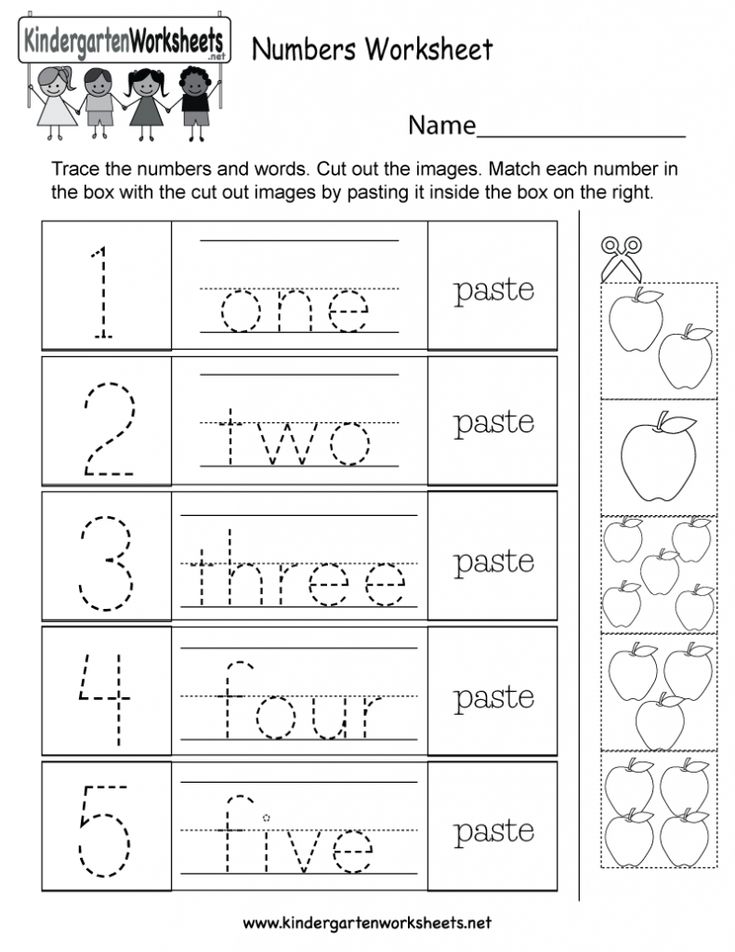 32 841.92] /Contents 155 0R /group> /Tabs /S /StructParents 34 >> endobj 42 0 obj > /ExtGState> /ProcSet [/PDF /Text /ImageB /ImageC /ImageI] >> /MediaBox [0 0 595.32 841.92] /Contents 156 0R /group> /Tabs /S /StructParents 35 >> endobj 43 0 obj > /ExtGState> /ProcSet [/PDF /Text /ImageB /ImageC /ImageI] >> /MediaBox[0 0 595.32 841.92] /Contents 157 0 R /group> /Tabs /S /StructParents 36 >> endobj 44 0 obj > /ExtGState> /ProcSet [/PDF /Text /ImageB /ImageC /ImageI] >> /MediaBox [0 0 595.32 841.92] /Contents 158 0 R /group> /Tabs /S /StructParents 37 >> endobj 45 0 obj > /ExtGState> /ProcSet [/PDF /Text /ImageB /ImageC /ImageI] >> /MediaBox [0 0 595.32 841.92] /Contents 159 0 R /group> /Tabs /S /StructParents 38 >> endobj 46 0 obj > /ExtGState> /ProcSet [/PDF /Text /ImageB /ImageC /ImageI] >> /MediaBox[0 0 595.32 841.92] /Contents 160 0R /group> /Tabs /S /StructParents 39 >> endobj 47 0 obj > /ExtGState> /ProcSet [/PDF /Text /ImageB /ImageC /ImageI] >> /MediaBox [0 0 595.32 841.92] /Contents 161 0 R /group> /Tabs /S /StructParents 40 >> endobj 48 0 obj > /ExtGState> /ProcSet [/PDF /Text /ImageB /ImageC /ImageI] >> /MediaBox [0 0 595.
32 841.92] /Contents 155 0R /group> /Tabs /S /StructParents 34 >> endobj 42 0 obj > /ExtGState> /ProcSet [/PDF /Text /ImageB /ImageC /ImageI] >> /MediaBox [0 0 595.32 841.92] /Contents 156 0R /group> /Tabs /S /StructParents 35 >> endobj 43 0 obj > /ExtGState> /ProcSet [/PDF /Text /ImageB /ImageC /ImageI] >> /MediaBox[0 0 595.32 841.92] /Contents 157 0 R /group> /Tabs /S /StructParents 36 >> endobj 44 0 obj > /ExtGState> /ProcSet [/PDF /Text /ImageB /ImageC /ImageI] >> /MediaBox [0 0 595.32 841.92] /Contents 158 0 R /group> /Tabs /S /StructParents 37 >> endobj 45 0 obj > /ExtGState> /ProcSet [/PDF /Text /ImageB /ImageC /ImageI] >> /MediaBox [0 0 595.32 841.92] /Contents 159 0 R /group> /Tabs /S /StructParents 38 >> endobj 46 0 obj > /ExtGState> /ProcSet [/PDF /Text /ImageB /ImageC /ImageI] >> /MediaBox[0 0 595.32 841.92] /Contents 160 0R /group> /Tabs /S /StructParents 39 >> endobj 47 0 obj > /ExtGState> /ProcSet [/PDF /Text /ImageB /ImageC /ImageI] >> /MediaBox [0 0 595.32 841.92] /Contents 161 0 R /group> /Tabs /S /StructParents 40 >> endobj 48 0 obj > /ExtGState> /ProcSet [/PDF /Text /ImageB /ImageC /ImageI] >> /MediaBox [0 0 595. 32 841.92] /Contents 162 0 R /group> /Tabs /S /StructParents 41 >> endobj 49 0 obj > /ExtGState> /ProcSet [/PDF /Text /ImageB /ImageC /ImageI] >> /MediaBox[0 0 595.32 841.92] /Contents 163 0 R /group> /Tabs /S /StructParents 42 >> endobj 50 0 obj > /ExtGState> /ProcSet [/PDF /Text /ImageB /ImageC /ImageI] >> /MediaBox [0 0 595.32 841.92] /Contents 164 0 R /group> /Tabs /S /StructParents 43 >> endobj 51 0 obj > /ExtGState> /ProcSet [/PDF /Text /ImageB /ImageC /ImageI] >> /MediaBox [0 0 595.32 841.92] /Contents 165 0 R /group> /Tabs /S /StructParents 44 >> endobj 52 0 obj > /ExtGState> /ProcSet [/PDF /Text /ImageB /ImageC /ImageI] >> /MediaBox[0 0 595.32 841.92] /Contents 166 0 R /group> /Tabs /S /StructParents 45 >> endobj 53 0 obj > /ExtGState> /ProcSet [/PDF /Text /ImageB /ImageC /ImageI] >> /MediaBox [0 0 595.32 841.92] /Contents 167 0 R /group> /Tabs /S /StructParents 46 >> endobj 54 0 obj > /ExtGState> /XObject> /ProcSet [/PDF /Text /ImageB /ImageC /ImageI] >> /MediaBox [0 0 595.32 841.
32 841.92] /Contents 162 0 R /group> /Tabs /S /StructParents 41 >> endobj 49 0 obj > /ExtGState> /ProcSet [/PDF /Text /ImageB /ImageC /ImageI] >> /MediaBox[0 0 595.32 841.92] /Contents 163 0 R /group> /Tabs /S /StructParents 42 >> endobj 50 0 obj > /ExtGState> /ProcSet [/PDF /Text /ImageB /ImageC /ImageI] >> /MediaBox [0 0 595.32 841.92] /Contents 164 0 R /group> /Tabs /S /StructParents 43 >> endobj 51 0 obj > /ExtGState> /ProcSet [/PDF /Text /ImageB /ImageC /ImageI] >> /MediaBox [0 0 595.32 841.92] /Contents 165 0 R /group> /Tabs /S /StructParents 44 >> endobj 52 0 obj > /ExtGState> /ProcSet [/PDF /Text /ImageB /ImageC /ImageI] >> /MediaBox[0 0 595.32 841.92] /Contents 166 0 R /group> /Tabs /S /StructParents 45 >> endobj 53 0 obj > /ExtGState> /ProcSet [/PDF /Text /ImageB /ImageC /ImageI] >> /MediaBox [0 0 595.32 841.92] /Contents 167 0 R /group> /Tabs /S /StructParents 46 >> endobj 54 0 obj > /ExtGState> /XObject> /ProcSet [/PDF /Text /ImageB /ImageC /ImageI] >> /MediaBox [0 0 595.32 841.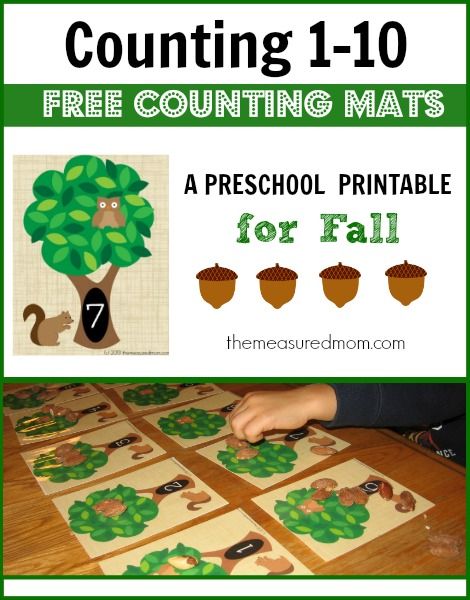 92] /Contents 169 0 R /group> /Tabs /S /StructParents 47 >> endobj 55 0 obj > /ExtGState> /XObject> /ProcSet [/PDF /Text /ImageB /ImageC /ImageI] >> /MediaBox[0 0 595.32 841.92] /Contents 171 0 R /group> /Tabs /S /StructParents 48 >> endobj 56 0 obj > /ExtGState> /ProcSet [/PDF /Text /ImageB /ImageC /ImageI] >> /MediaBox [0 0 595.32 841.92] /Contents 172 0R /group> /Tabs /S /StructParents 49 >> endobj 57 0 obj > /ExtGState> /ProcSet [/PDF /Text /ImageB /ImageC /ImageI] >> /MediaBox [0 0 595.32 841.92] /Contents 173 0R /group> /Tabs /S /StructParents 50 >> endobj 58 0 obj > /ExtGState> /ProcSet [/PDF /Text /ImageB /ImageC /ImageI] >> /MediaBox[0 0 595.32 841.92] /Contents 174 0R /group> /Tabs /S /StructParents 51 >> endobj 59 0 obj > /ExtGState> /ProcSet [/PDF /Text /ImageB /ImageC /ImageI] >> /MediaBox [0 0 595.32 841.92] /Contents 175 0 R /group> /Tabs /S /StructParents 52 >> endobj 60 0 obj > /ExtGState> /ProcSet [/PDF /Text /ImageB /ImageC /ImageI] >> /MediaBox [0 0 595.32 841.92] /Contents 176 0 R /group> /Tabs /S /StructParents 53 >> endobj 61 0 obj > /ExtGState> /ProcSet [/PDF /Text /ImageB /ImageC /ImageI] >> /MediaBox[0 0 841.
92] /Contents 169 0 R /group> /Tabs /S /StructParents 47 >> endobj 55 0 obj > /ExtGState> /XObject> /ProcSet [/PDF /Text /ImageB /ImageC /ImageI] >> /MediaBox[0 0 595.32 841.92] /Contents 171 0 R /group> /Tabs /S /StructParents 48 >> endobj 56 0 obj > /ExtGState> /ProcSet [/PDF /Text /ImageB /ImageC /ImageI] >> /MediaBox [0 0 595.32 841.92] /Contents 172 0R /group> /Tabs /S /StructParents 49 >> endobj 57 0 obj > /ExtGState> /ProcSet [/PDF /Text /ImageB /ImageC /ImageI] >> /MediaBox [0 0 595.32 841.92] /Contents 173 0R /group> /Tabs /S /StructParents 50 >> endobj 58 0 obj > /ExtGState> /ProcSet [/PDF /Text /ImageB /ImageC /ImageI] >> /MediaBox[0 0 595.32 841.92] /Contents 174 0R /group> /Tabs /S /StructParents 51 >> endobj 59 0 obj > /ExtGState> /ProcSet [/PDF /Text /ImageB /ImageC /ImageI] >> /MediaBox [0 0 595.32 841.92] /Contents 175 0 R /group> /Tabs /S /StructParents 52 >> endobj 60 0 obj > /ExtGState> /ProcSet [/PDF /Text /ImageB /ImageC /ImageI] >> /MediaBox [0 0 595.32 841.92] /Contents 176 0 R /group> /Tabs /S /StructParents 53 >> endobj 61 0 obj > /ExtGState> /ProcSet [/PDF /Text /ImageB /ImageC /ImageI] >> /MediaBox[0 0 841.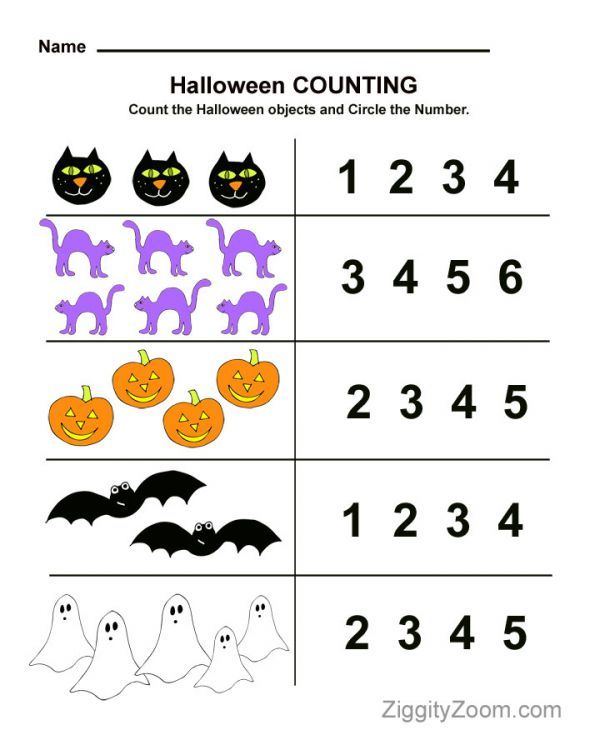 92 595.32] /Contents 177 0 R /group> /Tabs /S /StructParents 54 >> endobj 62 0 obj > /ExtGState> /ProcSet [/PDF /Text /ImageB /ImageC /ImageI] >> /MediaBox [0 0 841.92 595.32] /Contents 178 0R /group> /Tabs /S /StructParents 55 >> endobj 63 0 obj > /ExtGState> /ProcSet [/PDF /Text /ImageB /ImageC /ImageI] >> /MediaBox [0 0 841.92 595.32] /Contents 179 0R /group> /Tabs /S /StructParents 56 >> endobj 64 0 obj > /ExtGState> /ProcSet [/PDF /Text /ImageB /ImageC /ImageI] >> /MediaBox[0 0 841.92 595.32] /Contents 180 0 R /group> /Tabs /S /StructParents 57 >> endobj 65 0 obj > /ExtGState> /ProcSet [/PDF /Text /ImageB /ImageC /ImageI] >> /MediaBox [0 0 841.92 595.32] /Contents 181 0 R /group> /Tabs /S /StructParents 58 >> endobj 66 0 obj > /ExtGState> /ProcSet [/PDF /Text /ImageB /ImageC /ImageI] >> /MediaBox [0 0 841.92 595.32] /Contents 182 0R /group> /Tabs /S /StructParents 59 >> endobj 67 0 obj > /ExtGState> /ProcSet [/PDF /Text /ImageB /ImageC /ImageI] >> /MediaBox[0 0 595.32 841.92] /Contents 183 0R /group> /Tabs /S /StructParents 60 >> endobj 68 0 obj > /ExtGState> /XObject> /ProcSet [/PDF /Text /ImageB /ImageC /ImageI] >> /MediaBox [0 0 595.
92 595.32] /Contents 177 0 R /group> /Tabs /S /StructParents 54 >> endobj 62 0 obj > /ExtGState> /ProcSet [/PDF /Text /ImageB /ImageC /ImageI] >> /MediaBox [0 0 841.92 595.32] /Contents 178 0R /group> /Tabs /S /StructParents 55 >> endobj 63 0 obj > /ExtGState> /ProcSet [/PDF /Text /ImageB /ImageC /ImageI] >> /MediaBox [0 0 841.92 595.32] /Contents 179 0R /group> /Tabs /S /StructParents 56 >> endobj 64 0 obj > /ExtGState> /ProcSet [/PDF /Text /ImageB /ImageC /ImageI] >> /MediaBox[0 0 841.92 595.32] /Contents 180 0 R /group> /Tabs /S /StructParents 57 >> endobj 65 0 obj > /ExtGState> /ProcSet [/PDF /Text /ImageB /ImageC /ImageI] >> /MediaBox [0 0 841.92 595.32] /Contents 181 0 R /group> /Tabs /S /StructParents 58 >> endobj 66 0 obj > /ExtGState> /ProcSet [/PDF /Text /ImageB /ImageC /ImageI] >> /MediaBox [0 0 841.92 595.32] /Contents 182 0R /group> /Tabs /S /StructParents 59 >> endobj 67 0 obj > /ExtGState> /ProcSet [/PDF /Text /ImageB /ImageC /ImageI] >> /MediaBox[0 0 595.32 841.92] /Contents 183 0R /group> /Tabs /S /StructParents 60 >> endobj 68 0 obj > /ExtGState> /XObject> /ProcSet [/PDF /Text /ImageB /ImageC /ImageI] >> /MediaBox [0 0 595.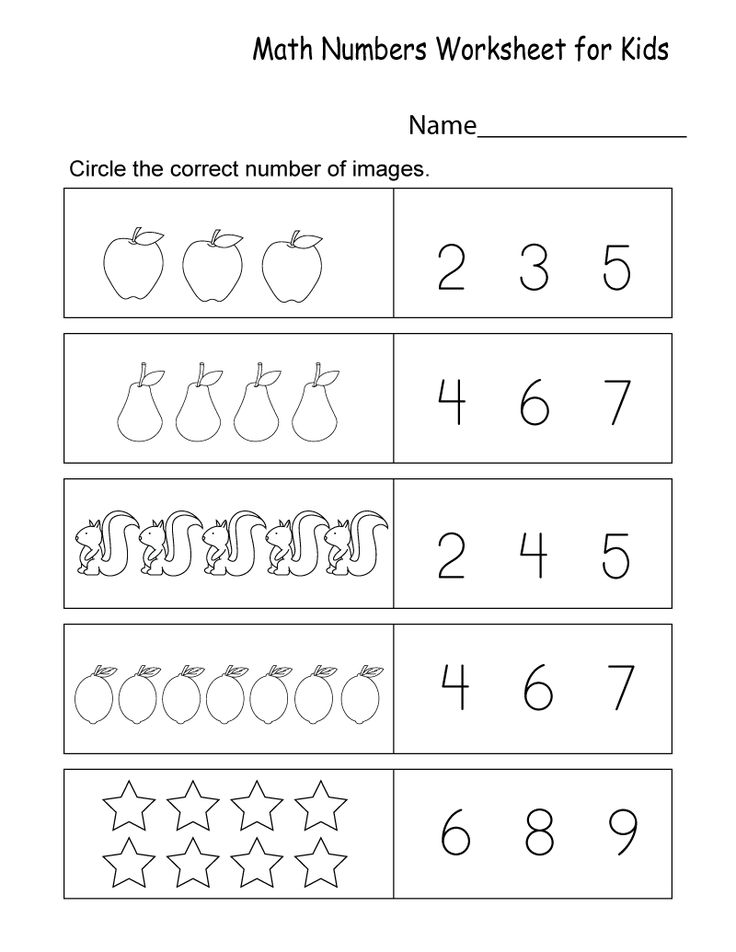 32 841.92] /Contents 185 0R /group> /Tabs /S /StructParents 61 >> endobj 69 0 obj > /ExtGState> /XObject> /ProcSet [/PDF /Text /ImageB /ImageC /ImageI] >> /MediaBox [0 0 595.32 841.92] /Contents 187 0 R /group> /Tabs /S /StructParents 62 >> endobj 70 0 obj > /ExtGState> /ProcSet [/PDF /Text /ImageB /ImageC /ImageI] >> /MediaBox[0 0 595.32 841.92] /Contents 188 0R /group> /Tabs /S /StructParents 63 >> endobj 71 0 obj > /ExtGState> /ProcSet [/PDF /Text /ImageB /ImageC /ImageI] >> /MediaBox [0 0 595.32 841.92] /Contents 189 0 R /group> /Tabs /S /StructParents 64 >> endobj 72 0 obj > /ExtGState> /ProcSet [/PDF /Text /ImageB /ImageC /ImageI] >> /MediaBox [0 0 595.32 841.92] /Contents 190 0R /group> /Tabs /S /StructParents 65 >> endobj 73 0 obj > /ExtGState> /ProcSet [/PDF /Text /ImageB /ImageC /ImageI] >> /MediaBox[0 0 595.32 841.92] /Contents 191 0 R /group> /Tabs /S /StructParents 66 >> endobj 74 0 obj > /ExtGState> /ProcSet [/PDF /Text /ImageB /ImageC /ImageI] >> /MediaBox [0 0 595.32 841.
32 841.92] /Contents 185 0R /group> /Tabs /S /StructParents 61 >> endobj 69 0 obj > /ExtGState> /XObject> /ProcSet [/PDF /Text /ImageB /ImageC /ImageI] >> /MediaBox [0 0 595.32 841.92] /Contents 187 0 R /group> /Tabs /S /StructParents 62 >> endobj 70 0 obj > /ExtGState> /ProcSet [/PDF /Text /ImageB /ImageC /ImageI] >> /MediaBox[0 0 595.32 841.92] /Contents 188 0R /group> /Tabs /S /StructParents 63 >> endobj 71 0 obj > /ExtGState> /ProcSet [/PDF /Text /ImageB /ImageC /ImageI] >> /MediaBox [0 0 595.32 841.92] /Contents 189 0 R /group> /Tabs /S /StructParents 64 >> endobj 72 0 obj > /ExtGState> /ProcSet [/PDF /Text /ImageB /ImageC /ImageI] >> /MediaBox [0 0 595.32 841.92] /Contents 190 0R /group> /Tabs /S /StructParents 65 >> endobj 73 0 obj > /ExtGState> /ProcSet [/PDF /Text /ImageB /ImageC /ImageI] >> /MediaBox[0 0 595.32 841.92] /Contents 191 0 R /group> /Tabs /S /StructParents 66 >> endobj 74 0 obj > /ExtGState> /ProcSet [/PDF /Text /ImageB /ImageC /ImageI] >> /MediaBox [0 0 595.32 841.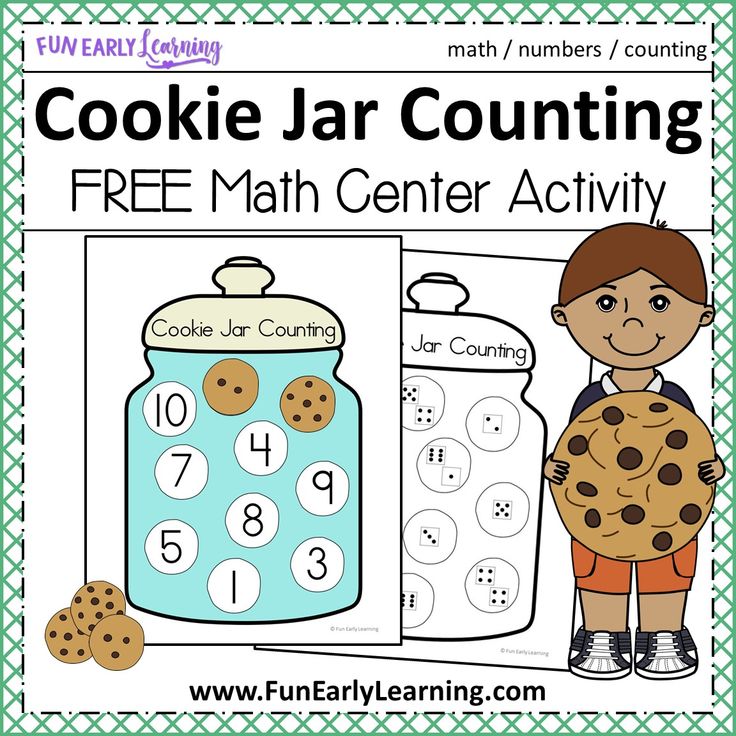 92] /Contents 192 0R /group> /Tabs /S /StructParents 67 >> endobj 75 0 obj > /ExtGState> /ProcSet [/PDF /Text /ImageB /ImageC /ImageI] >> /Annots [193 0 R 194 0 R] /MediaBox [0 0 595.32 841.92] /Contents 195 0 R /group> /Tabs /S /StructParents 68 >> endobj 76 0 obj > /ExtGState> /ProcSet [/PDF /Text /ImageB /ImageC /ImageI] >> /annotations[196 0 R 197 0 R 198 0 R 199 0 R 200 0 R 201 0 R 202 0 R] /MediaBox [0 0 595.32 841.92] /Contents 203 0 R /group> /Tabs /S /StructParents 71 >> endobj 77 0 obj > /ExtGState> /ProcSet [/PDF /Text /ImageB /ImageC /ImageI] >> /Annots [204 0 R] /MediaBox [0 0 595.32 841.92] /Contents 205 0 R /group> /Tabs /S /StructParents 79 >> endobj 78 0 obj > /ExtGState> /ProcSet [/PDF /Text /ImageB /ImageC /ImageI] >> /Annots [207 0R] /MediaBox [0 0 595.32 841.92] /Contents 208 0R /group> /Tabs /S /StructParents 81 >> endobj 790 obj > /ExtGState> /ProcSet [/PDF /Text /ImageB /ImageC /ImageI] >> /MediaBox [0 0 595.32 841.92] /Contents 209 0 R /group> /Tabs /S /StructParents 83 >> endobj 80 0 obj > /ExtGState> /ProcSet [/PDF /Text /ImageB /ImageC /ImageI] >> /MediaBox [0 0 595.
92] /Contents 192 0R /group> /Tabs /S /StructParents 67 >> endobj 75 0 obj > /ExtGState> /ProcSet [/PDF /Text /ImageB /ImageC /ImageI] >> /Annots [193 0 R 194 0 R] /MediaBox [0 0 595.32 841.92] /Contents 195 0 R /group> /Tabs /S /StructParents 68 >> endobj 76 0 obj > /ExtGState> /ProcSet [/PDF /Text /ImageB /ImageC /ImageI] >> /annotations[196 0 R 197 0 R 198 0 R 199 0 R 200 0 R 201 0 R 202 0 R] /MediaBox [0 0 595.32 841.92] /Contents 203 0 R /group> /Tabs /S /StructParents 71 >> endobj 77 0 obj > /ExtGState> /ProcSet [/PDF /Text /ImageB /ImageC /ImageI] >> /Annots [204 0 R] /MediaBox [0 0 595.32 841.92] /Contents 205 0 R /group> /Tabs /S /StructParents 79 >> endobj 78 0 obj > /ExtGState> /ProcSet [/PDF /Text /ImageB /ImageC /ImageI] >> /Annots [207 0R] /MediaBox [0 0 595.32 841.92] /Contents 208 0R /group> /Tabs /S /StructParents 81 >> endobj 790 obj > /ExtGState> /ProcSet [/PDF /Text /ImageB /ImageC /ImageI] >> /MediaBox [0 0 595.32 841.92] /Contents 209 0 R /group> /Tabs /S /StructParents 83 >> endobj 80 0 obj > /ExtGState> /ProcSet [/PDF /Text /ImageB /ImageC /ImageI] >> /MediaBox [0 0 595.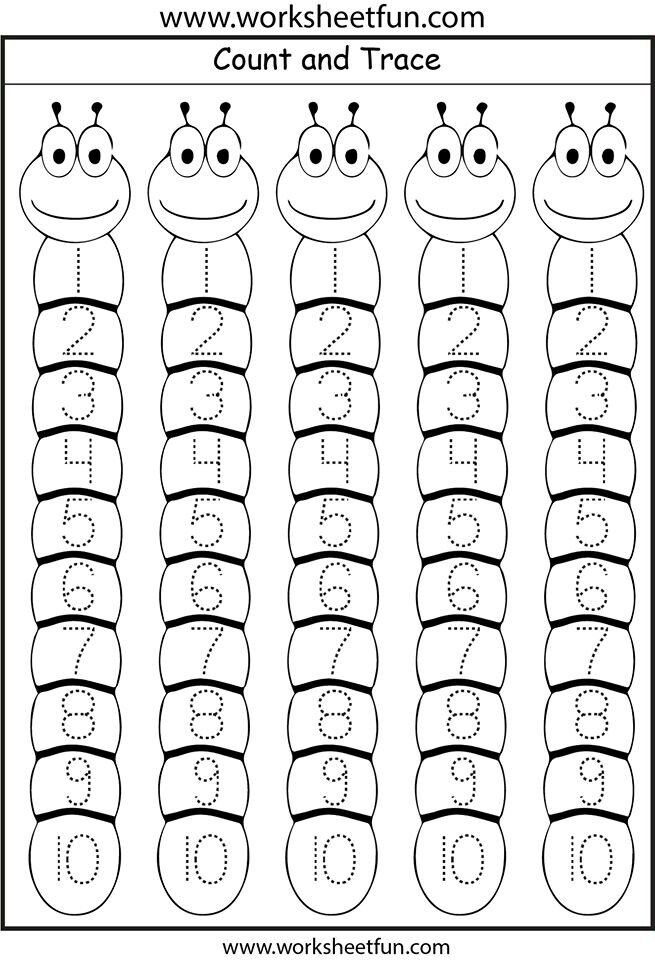 32 841.92] /Contents 210 0R /group> /Tabs /S /StructParents 84 >> endobj 81 0 obj > /ExtGState> /ProcSet [/PDF /Text /ImageB /ImageC /ImageI] >> /MediaBox [0 0 595.32 841.92] /Contents 211 0 R /group> /Tabs /S /StructParents 85 >> endobj 82 0 obj > /ExtGState> /ProcSet [/PDF /Text /ImageB /ImageC /ImageI] >> /MediaBox[0 0 595.32 841.92] /Contents 212 0R /group> /Tabs /S /StructParents 86 >> endobj 83 0 obj > /ExtGState> /ProcSet [/PDF /Text /ImageB /ImageC /ImageI] >> /MediaBox [0 0 595.32 841.92] /Contents 213 0 R /group> /Tabs /S /StructParents 87 >> endobj 84 0 obj > /ExtGState> /ProcSet [/PDF /Text /ImageB /ImageC /ImageI] >> /MediaBox [0 0 595.32 841.92] /Contents 214 0R /group> /Tabs /S /StructParents 88 >> endobj 85 0 obj > /ExtGState> /ProcSet [/PDF /Text /ImageB /ImageC /ImageI] >> /MediaBox[0 0 595.32 841.92] /Contents 215 0R /group> /Tabs /S /StructParents 89 >> endobj 86 0 obj > /ExtGState> /ProcSet [/PDF /Text /ImageB /ImageC /ImageI] >> /MediaBox [0 0 595.32 841.92] /Contents 216 0R /group> /Tabs /S /StructParents 90 >> endobj 87 0 obj > /ExtGState> /ProcSet [/PDF /Text /ImageB /ImageC /ImageI] >> /MediaBox [0 0 595.
32 841.92] /Contents 210 0R /group> /Tabs /S /StructParents 84 >> endobj 81 0 obj > /ExtGState> /ProcSet [/PDF /Text /ImageB /ImageC /ImageI] >> /MediaBox [0 0 595.32 841.92] /Contents 211 0 R /group> /Tabs /S /StructParents 85 >> endobj 82 0 obj > /ExtGState> /ProcSet [/PDF /Text /ImageB /ImageC /ImageI] >> /MediaBox[0 0 595.32 841.92] /Contents 212 0R /group> /Tabs /S /StructParents 86 >> endobj 83 0 obj > /ExtGState> /ProcSet [/PDF /Text /ImageB /ImageC /ImageI] >> /MediaBox [0 0 595.32 841.92] /Contents 213 0 R /group> /Tabs /S /StructParents 87 >> endobj 84 0 obj > /ExtGState> /ProcSet [/PDF /Text /ImageB /ImageC /ImageI] >> /MediaBox [0 0 595.32 841.92] /Contents 214 0R /group> /Tabs /S /StructParents 88 >> endobj 85 0 obj > /ExtGState> /ProcSet [/PDF /Text /ImageB /ImageC /ImageI] >> /MediaBox[0 0 595.32 841.92] /Contents 215 0R /group> /Tabs /S /StructParents 89 >> endobj 86 0 obj > /ExtGState> /ProcSet [/PDF /Text /ImageB /ImageC /ImageI] >> /MediaBox [0 0 595.32 841.92] /Contents 216 0R /group> /Tabs /S /StructParents 90 >> endobj 87 0 obj > /ExtGState> /ProcSet [/PDF /Text /ImageB /ImageC /ImageI] >> /MediaBox [0 0 595. 32 841.92] /Contents 217 0R /group> /Tabs /S /StructParents 91 >> endobj 88 0 obj > /ExtGState> /ProcSet [/PDF /Text /ImageB /ImageC /ImageI] >> /MediaBox[0 0 595.32 841.92] /Contents 218 0R /group> /Tabs /S /StructParents 92 >> endobj 89 0 obj > /ExtGState> /ProcSet [/PDF /Text /ImageB /ImageC /ImageI] >> /MediaBox [0 0 595.32 841.92] /Contents 219 0R /group> /Tabs /S /StructParents 93 >> endobj 90 0 obj > /ExtGState> /ProcSet [/PDF /Text /ImageB /ImageC /ImageI] >> /MediaBox [0 0 595.32 841.92] /Contents 220 0 R /group> /Tabs /S /StructParents 94 >> endobj 91 0 obj > /ExtGState> /ProcSet [/PDF /Text /ImageB /ImageC /ImageI] >> /MediaBox[0 0 595.32 841.92] /Contents 221 0R /group> /Tabs /S /StructParents 95 >> endobj 92 0 obj > /ExtGState> /ProcSet [/PDF /Text /ImageB /ImageC /ImageI] >> /MediaBox [0 0 595.32 841.92] /Contents 222 0R /group> /Tabs /S /StructParents 96 >> endobj 93 0 obj > /ExtGState> /ProcSet [/PDF /Text /ImageB /ImageC /ImageI] >> /MediaBox [0 0 595.32 841.92] /Contents 223 0 R /group> /Tabs /S /StructParents 97 >> endobj 94 0 obj > /ExtGState> /ProcSet [/PDF /Text /ImageB /ImageC /ImageI] >> /MediaBox[0 0 595.
32 841.92] /Contents 217 0R /group> /Tabs /S /StructParents 91 >> endobj 88 0 obj > /ExtGState> /ProcSet [/PDF /Text /ImageB /ImageC /ImageI] >> /MediaBox[0 0 595.32 841.92] /Contents 218 0R /group> /Tabs /S /StructParents 92 >> endobj 89 0 obj > /ExtGState> /ProcSet [/PDF /Text /ImageB /ImageC /ImageI] >> /MediaBox [0 0 595.32 841.92] /Contents 219 0R /group> /Tabs /S /StructParents 93 >> endobj 90 0 obj > /ExtGState> /ProcSet [/PDF /Text /ImageB /ImageC /ImageI] >> /MediaBox [0 0 595.32 841.92] /Contents 220 0 R /group> /Tabs /S /StructParents 94 >> endobj 91 0 obj > /ExtGState> /ProcSet [/PDF /Text /ImageB /ImageC /ImageI] >> /MediaBox[0 0 595.32 841.92] /Contents 221 0R /group> /Tabs /S /StructParents 95 >> endobj 92 0 obj > /ExtGState> /ProcSet [/PDF /Text /ImageB /ImageC /ImageI] >> /MediaBox [0 0 595.32 841.92] /Contents 222 0R /group> /Tabs /S /StructParents 96 >> endobj 93 0 obj > /ExtGState> /ProcSet [/PDF /Text /ImageB /ImageC /ImageI] >> /MediaBox [0 0 595.32 841.92] /Contents 223 0 R /group> /Tabs /S /StructParents 97 >> endobj 94 0 obj > /ExtGState> /ProcSet [/PDF /Text /ImageB /ImageC /ImageI] >> /MediaBox[0 0 595.
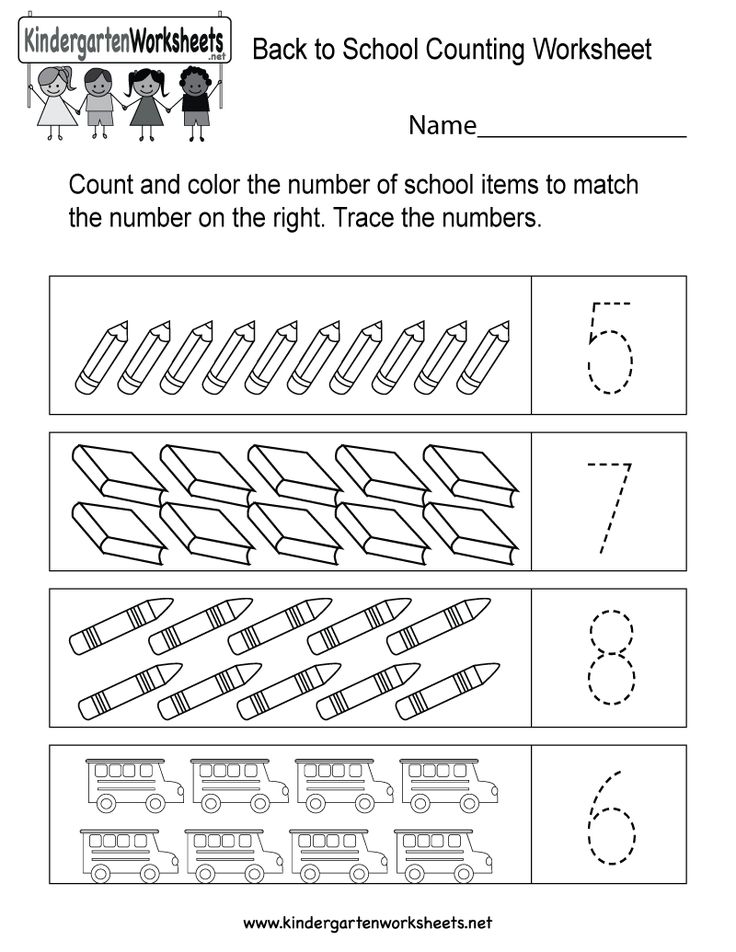 nine0011
nine0011 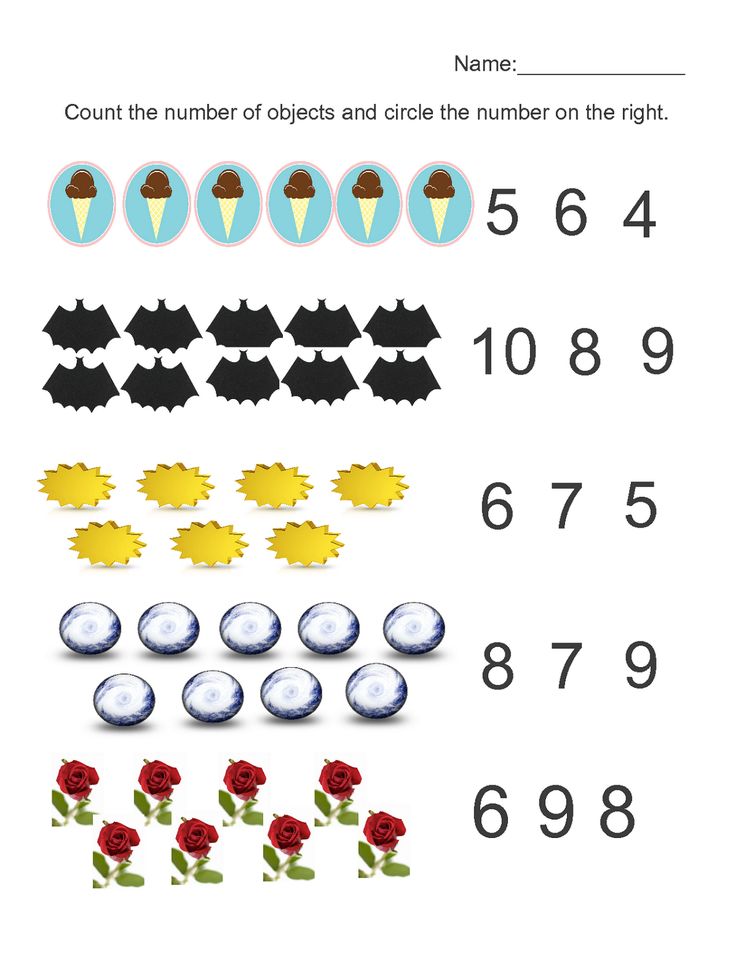

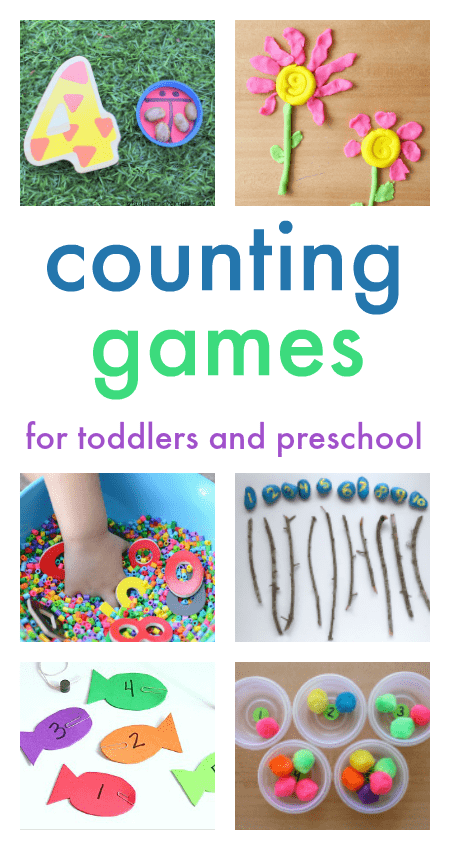 This makes it possible for the teacher to increase the developmental effect in the formation of mathematical concepts in schoolchildren. nine0011
This makes it possible for the teacher to increase the developmental effect in the formation of mathematical concepts in schoolchildren. nine0011 
